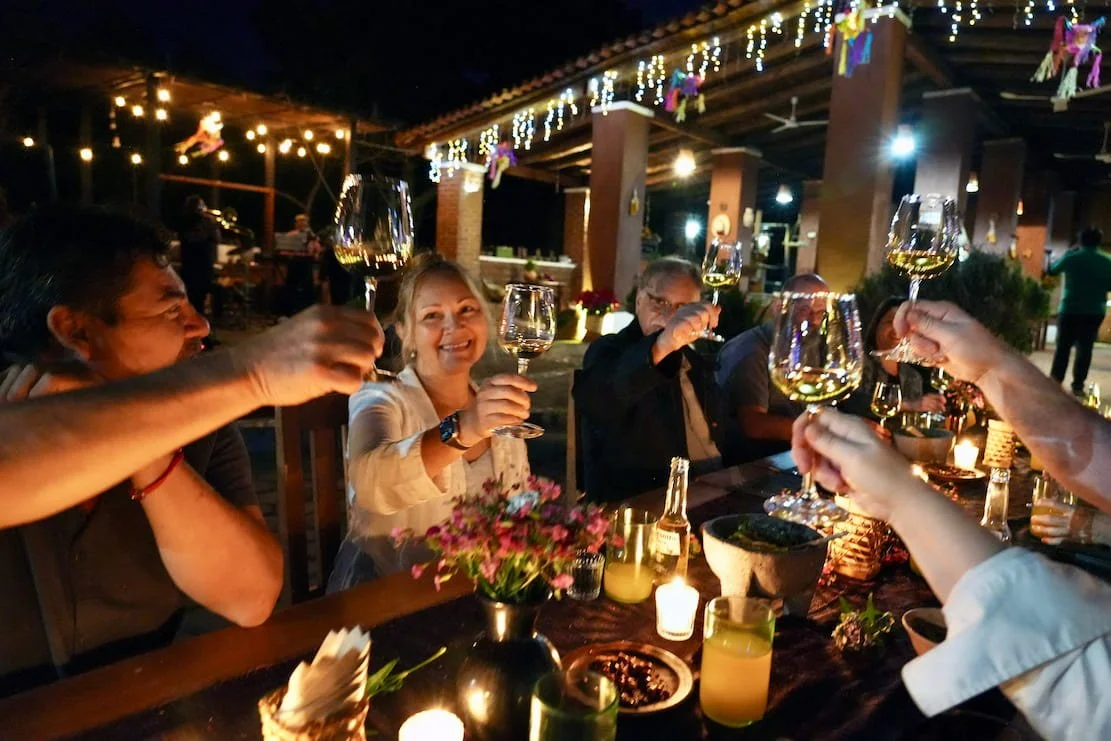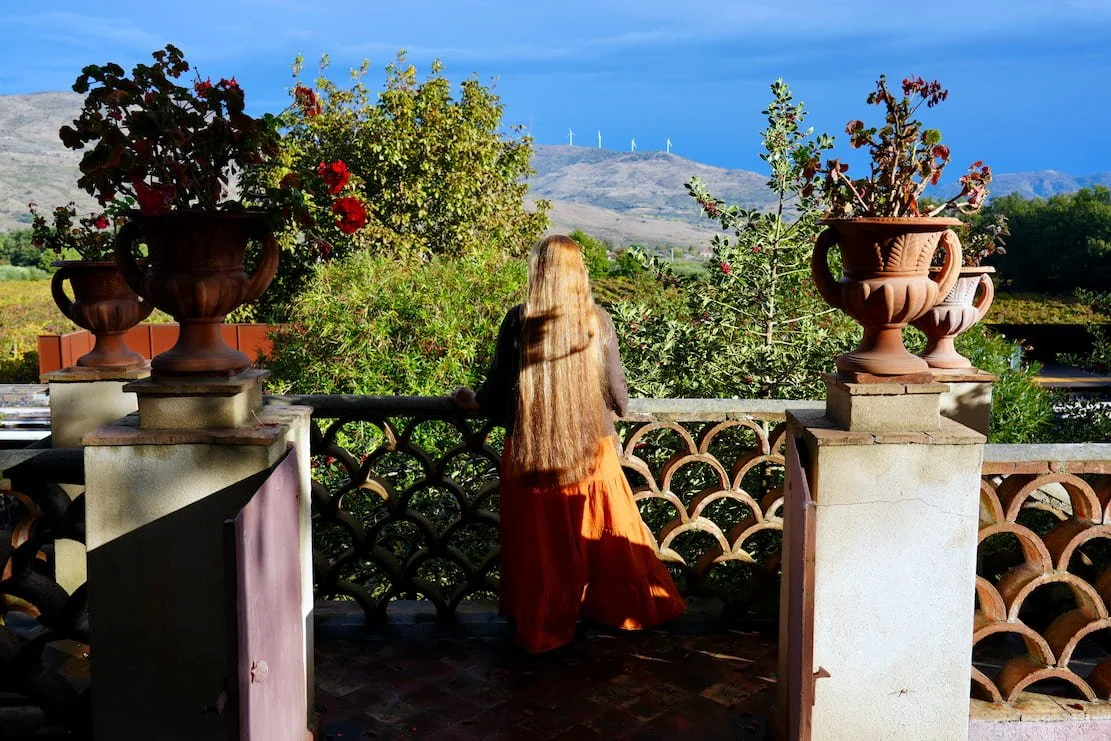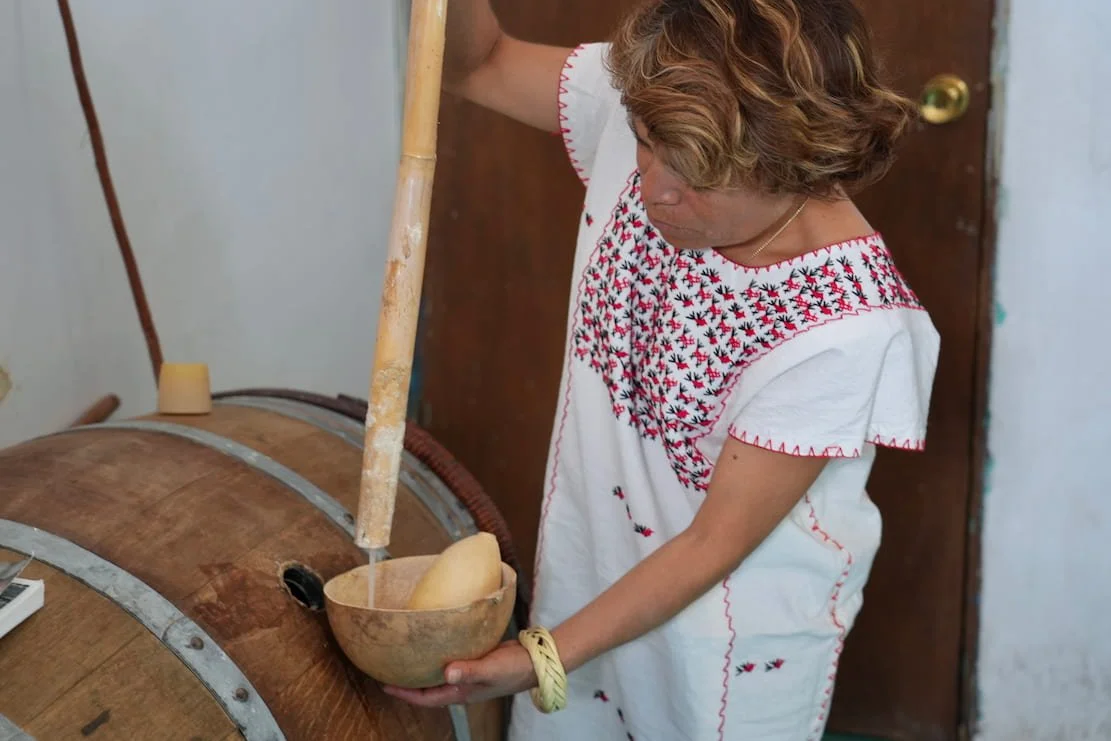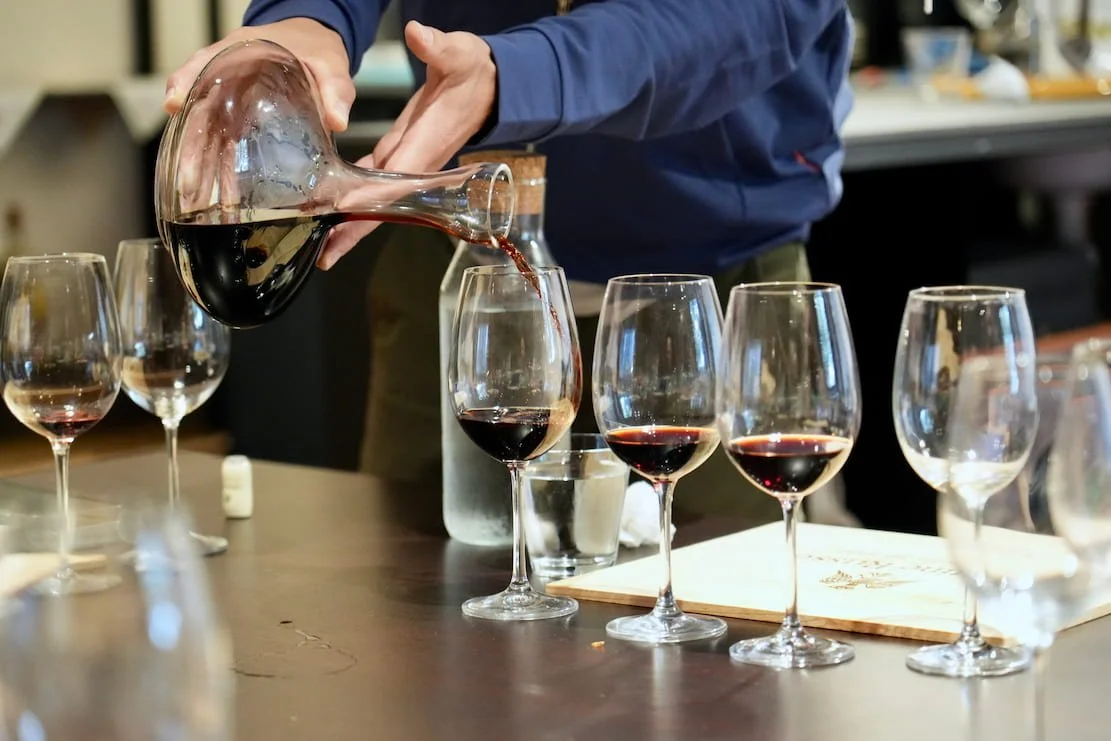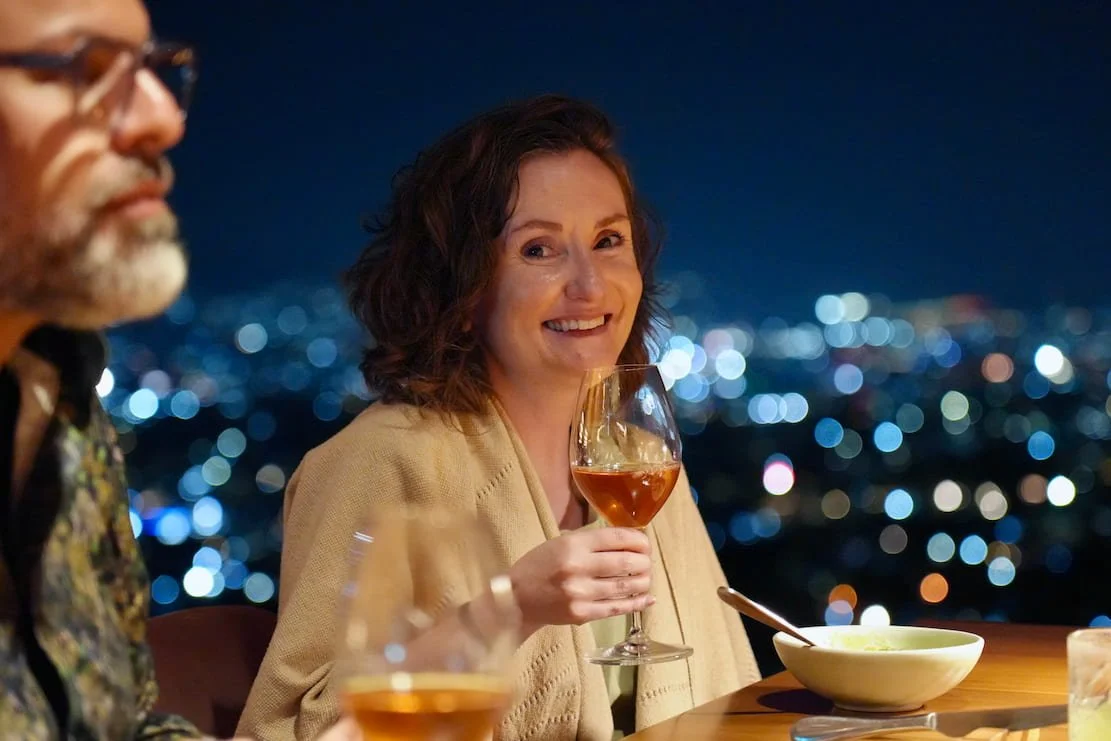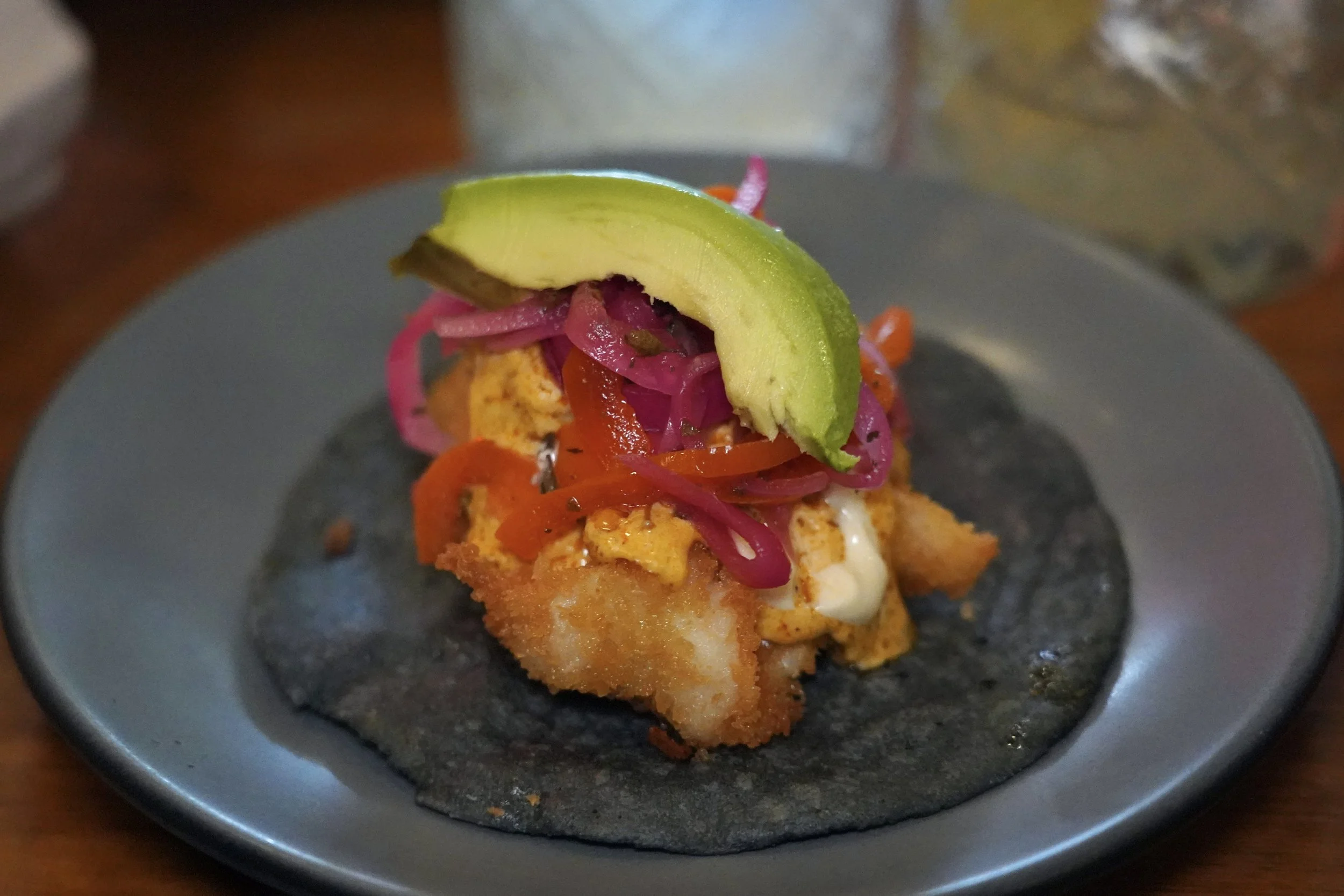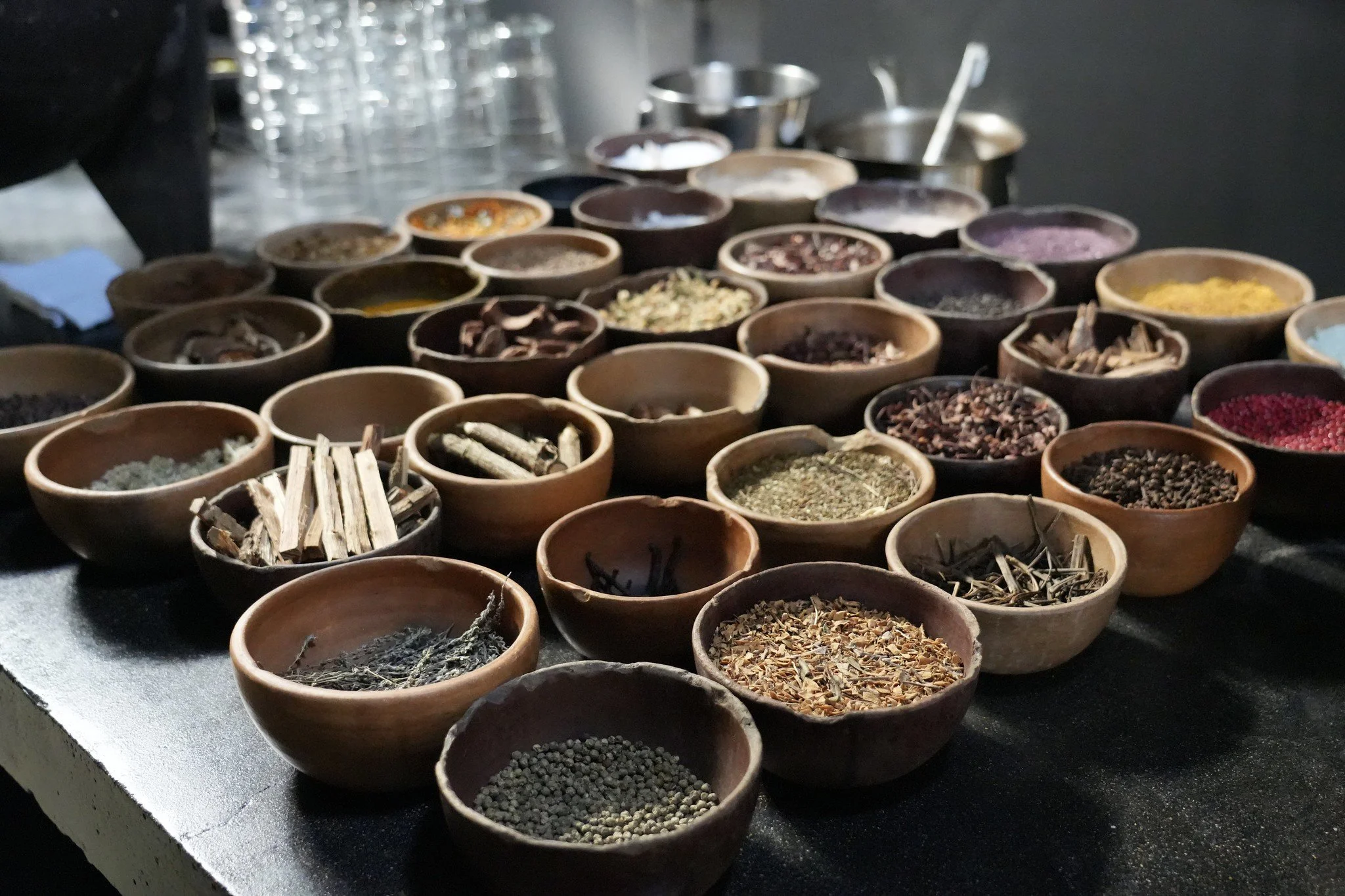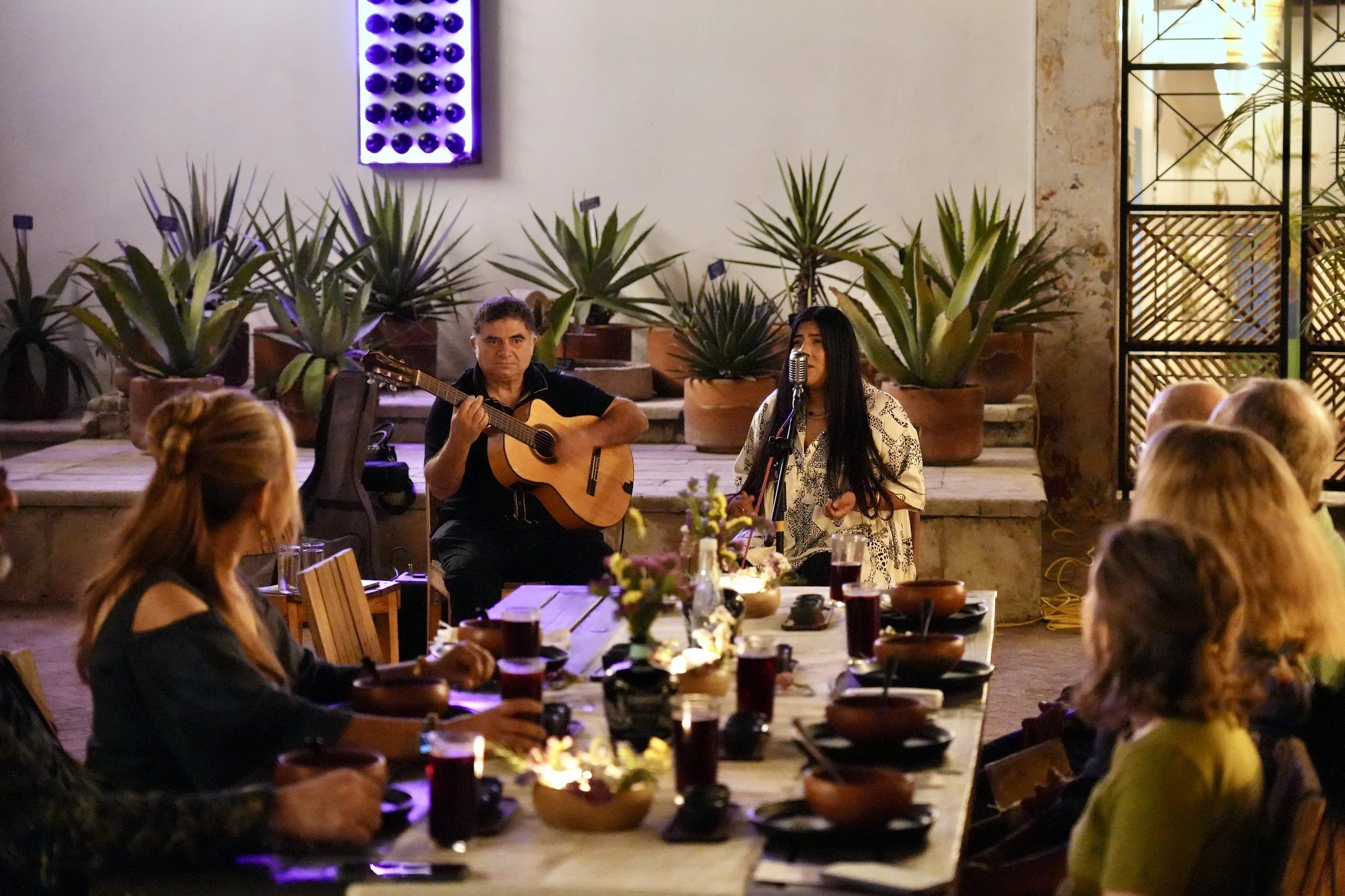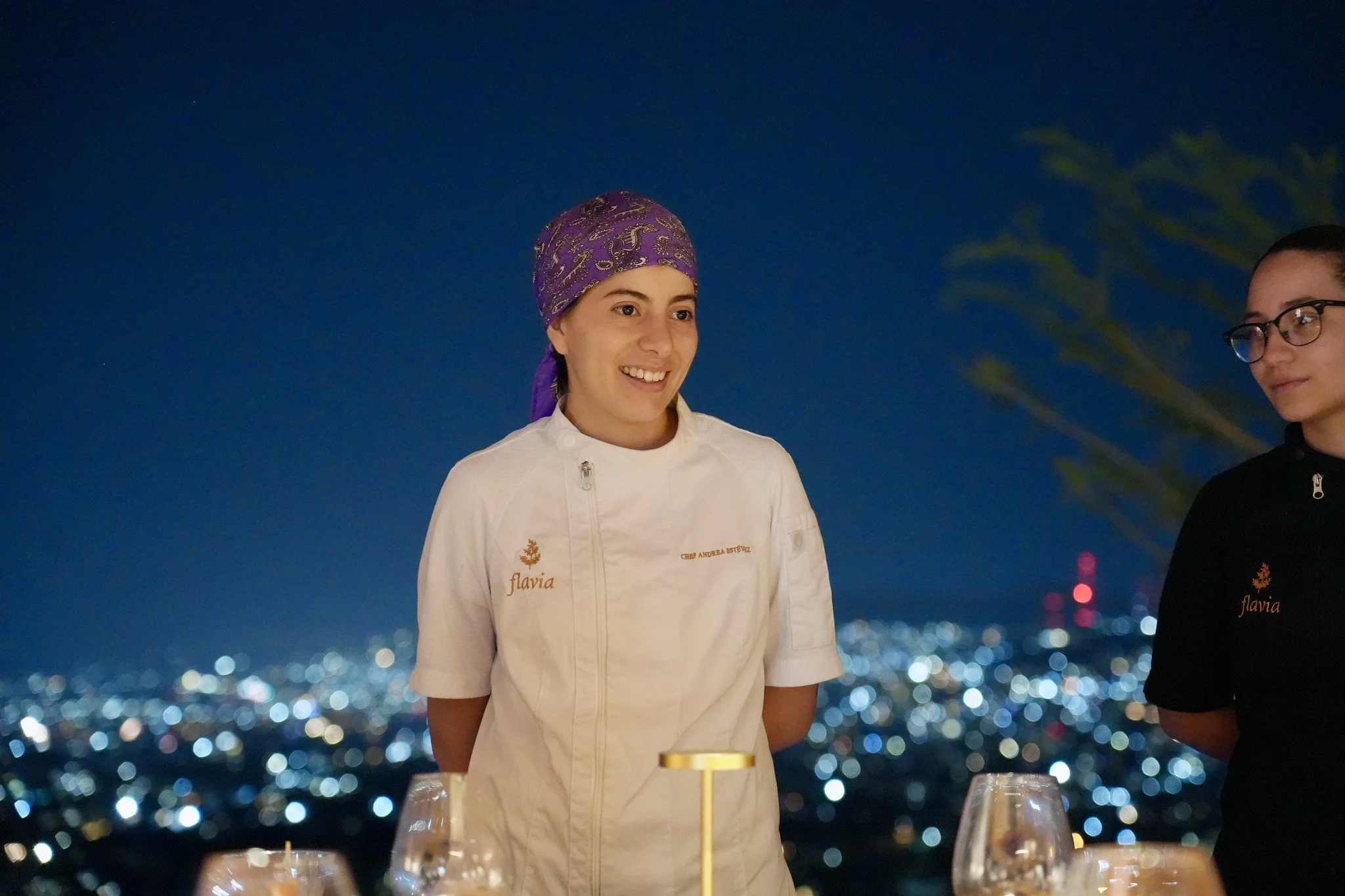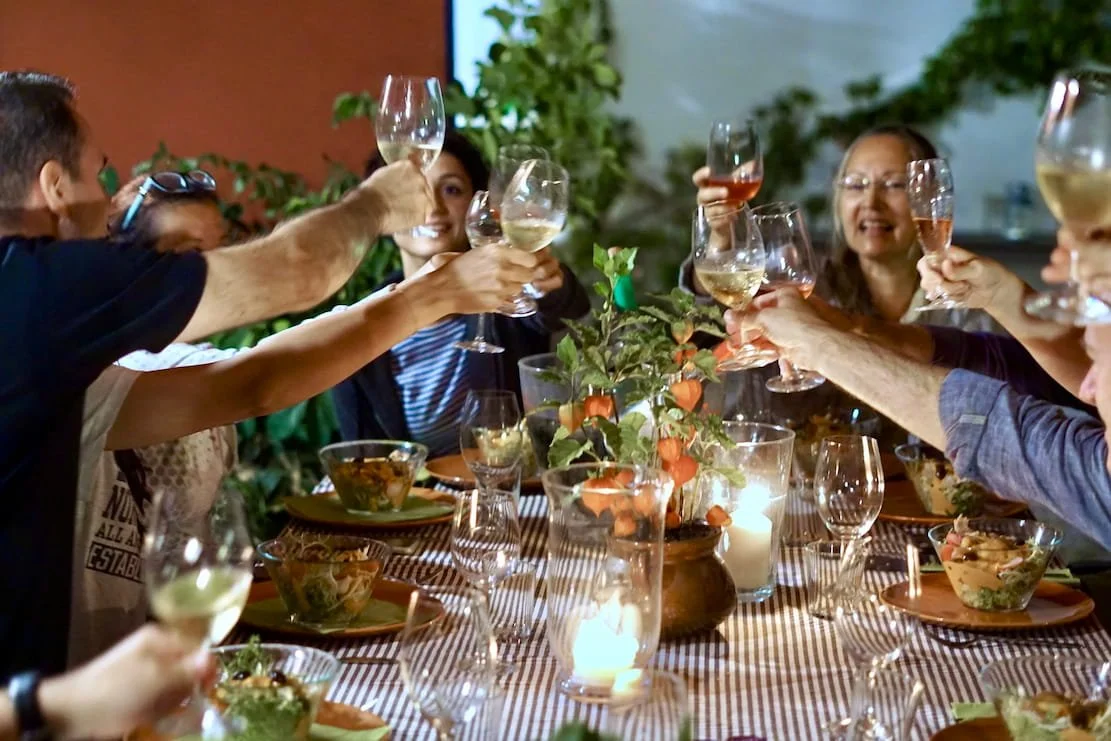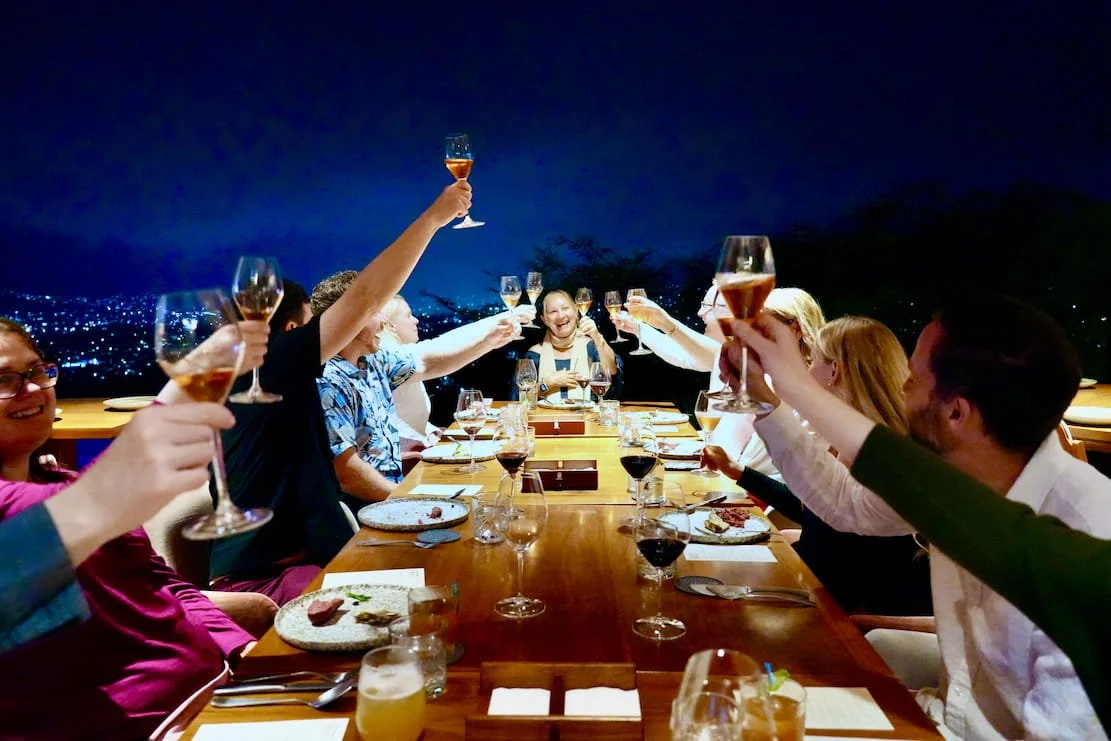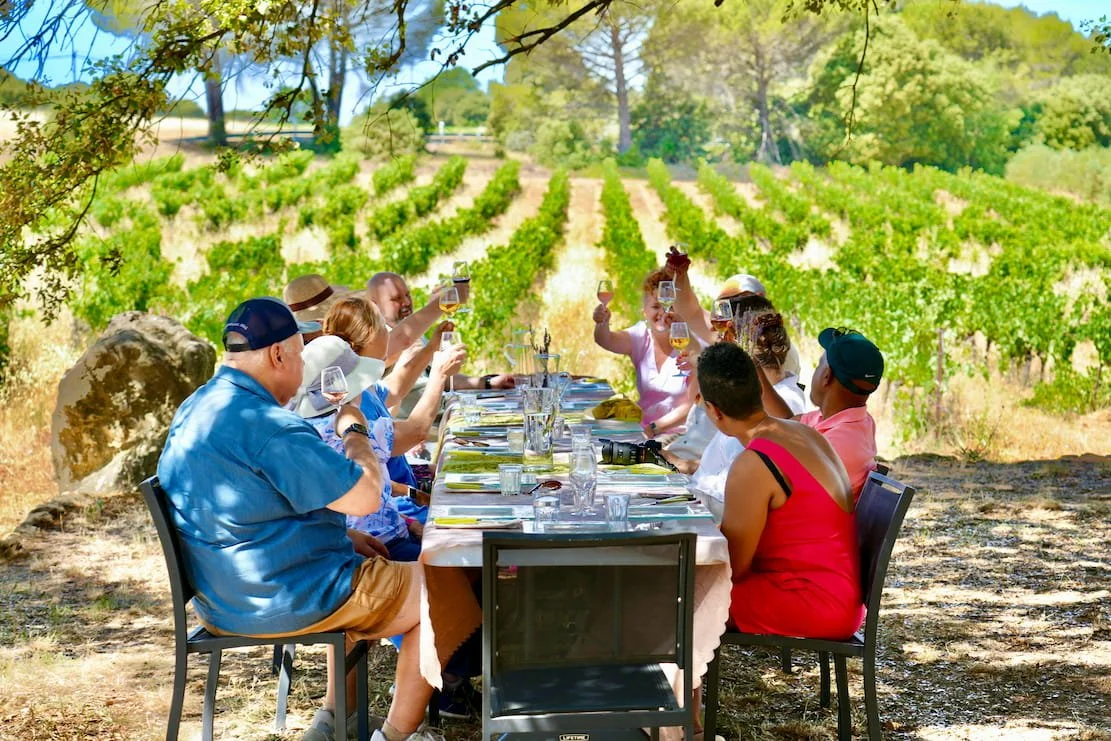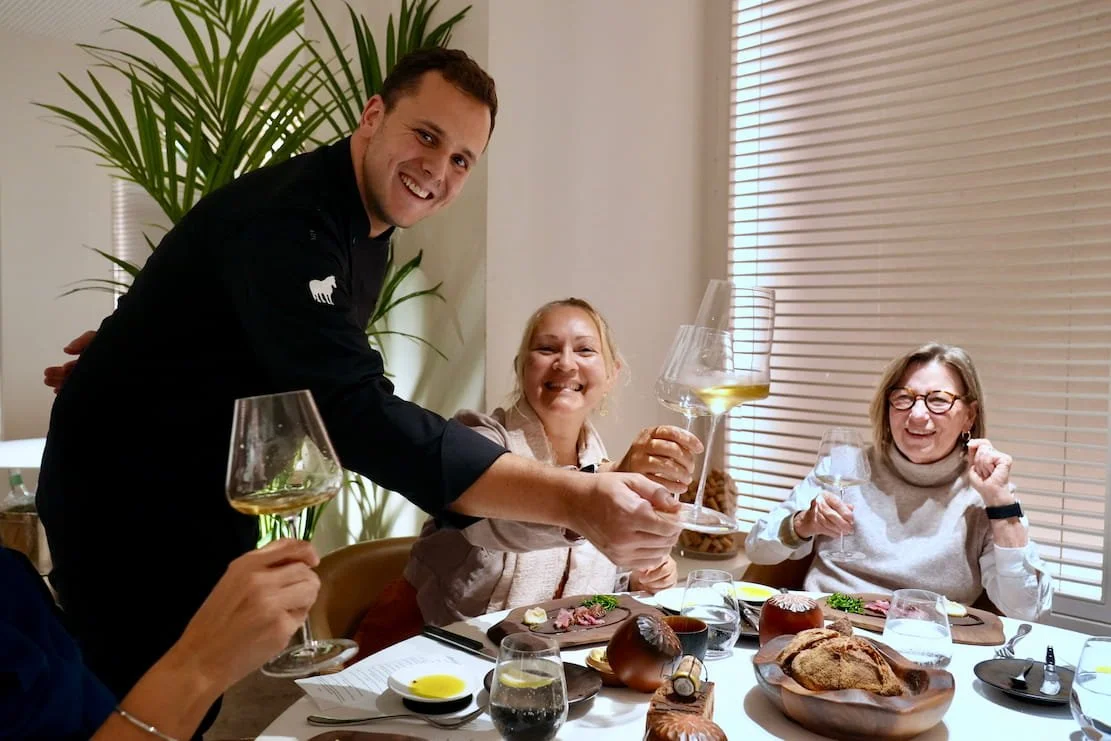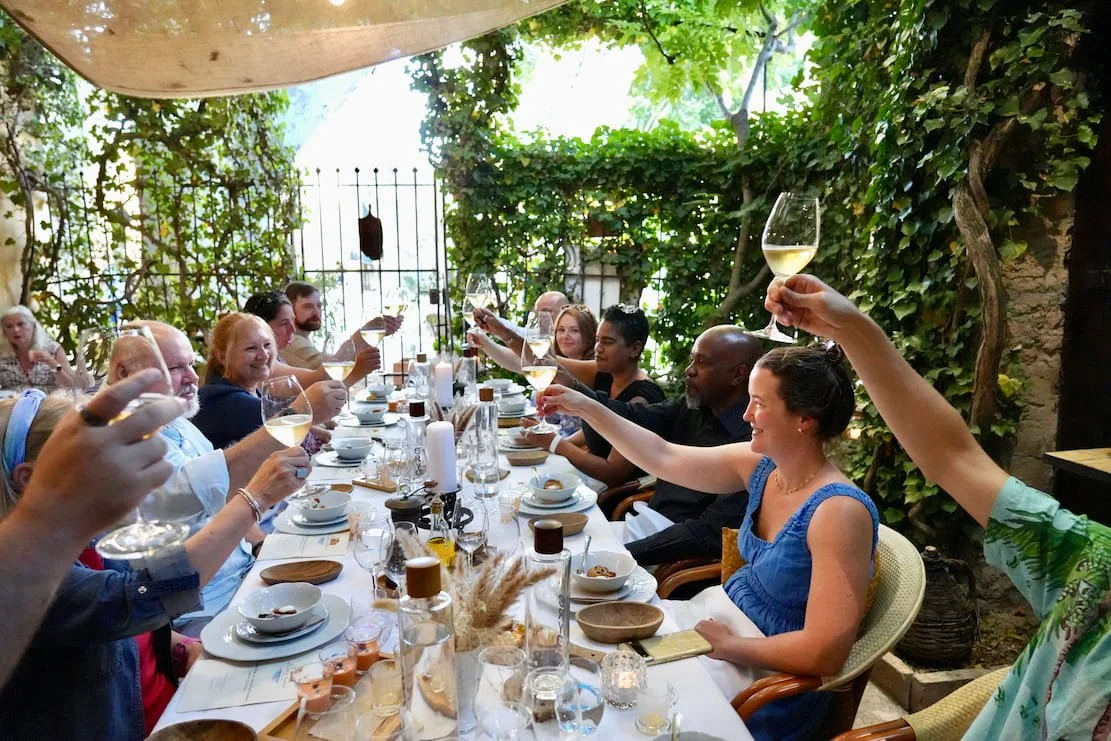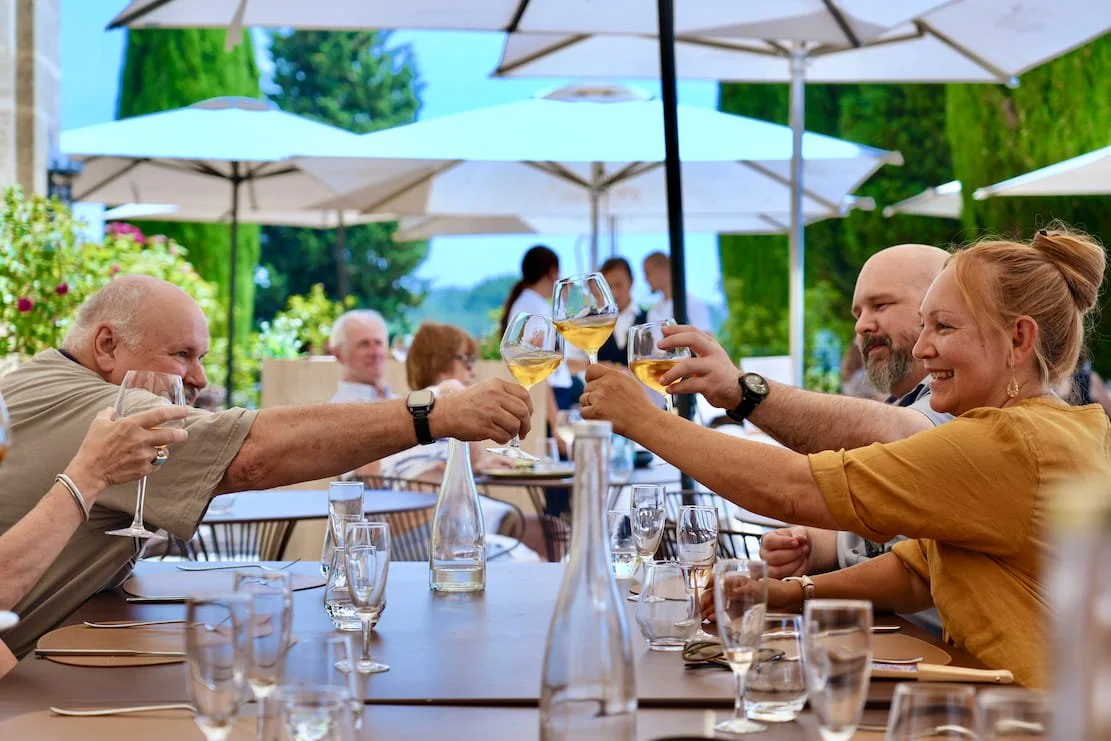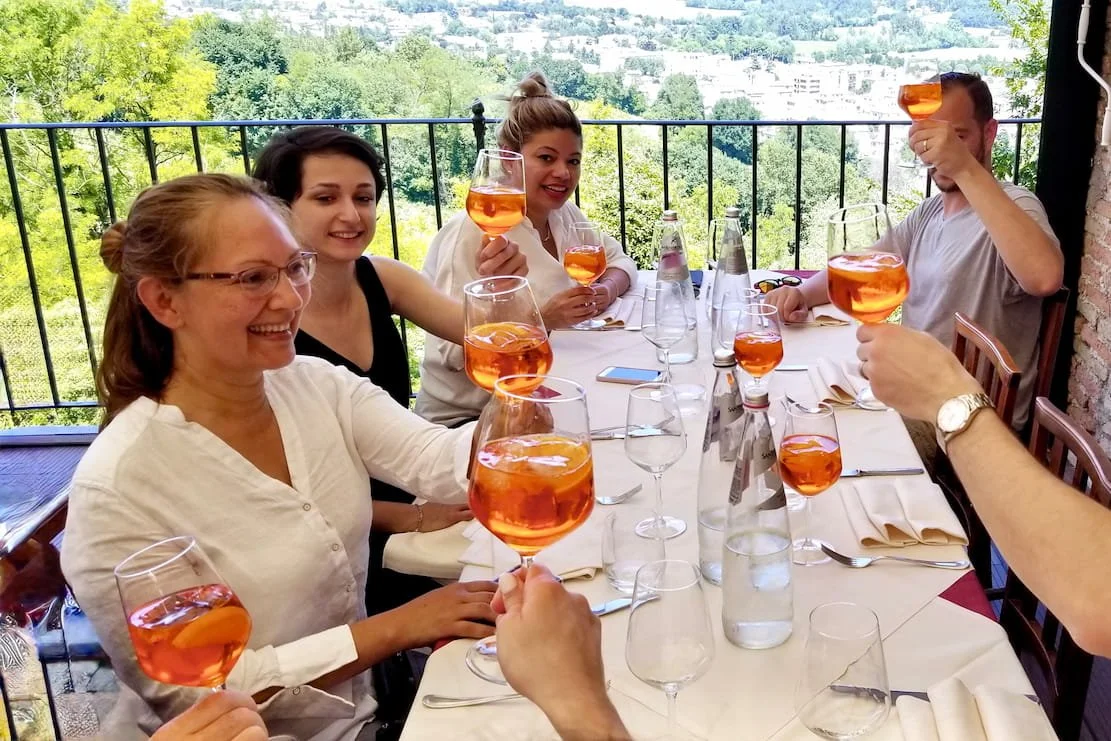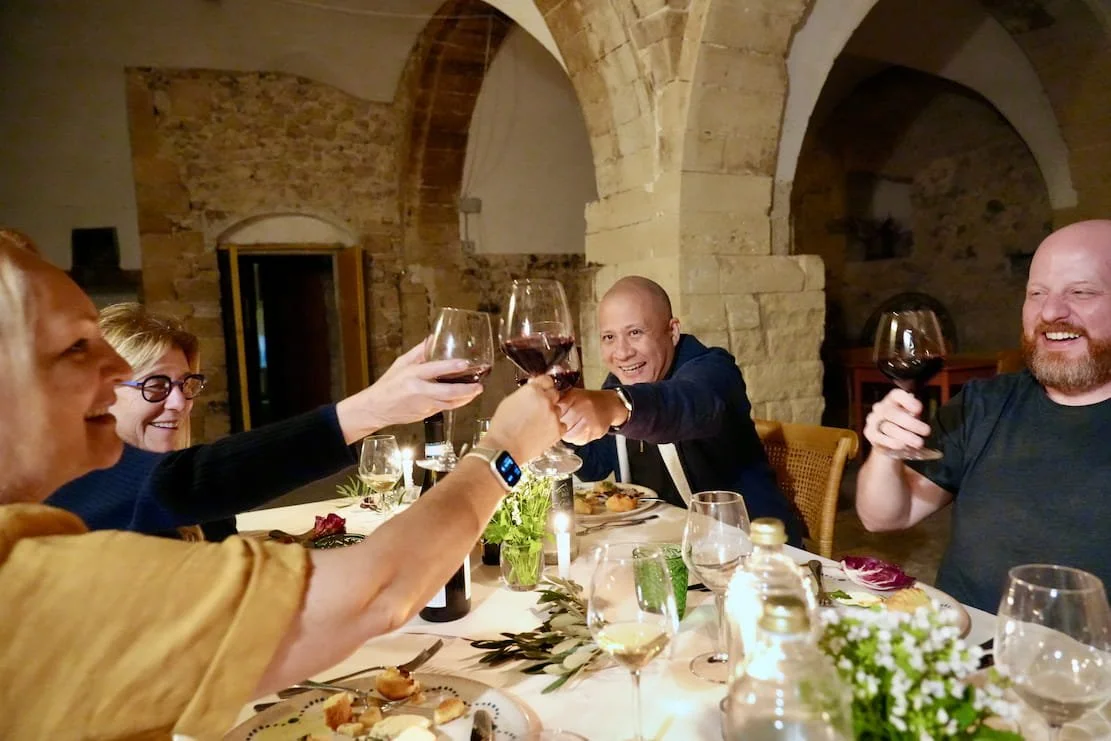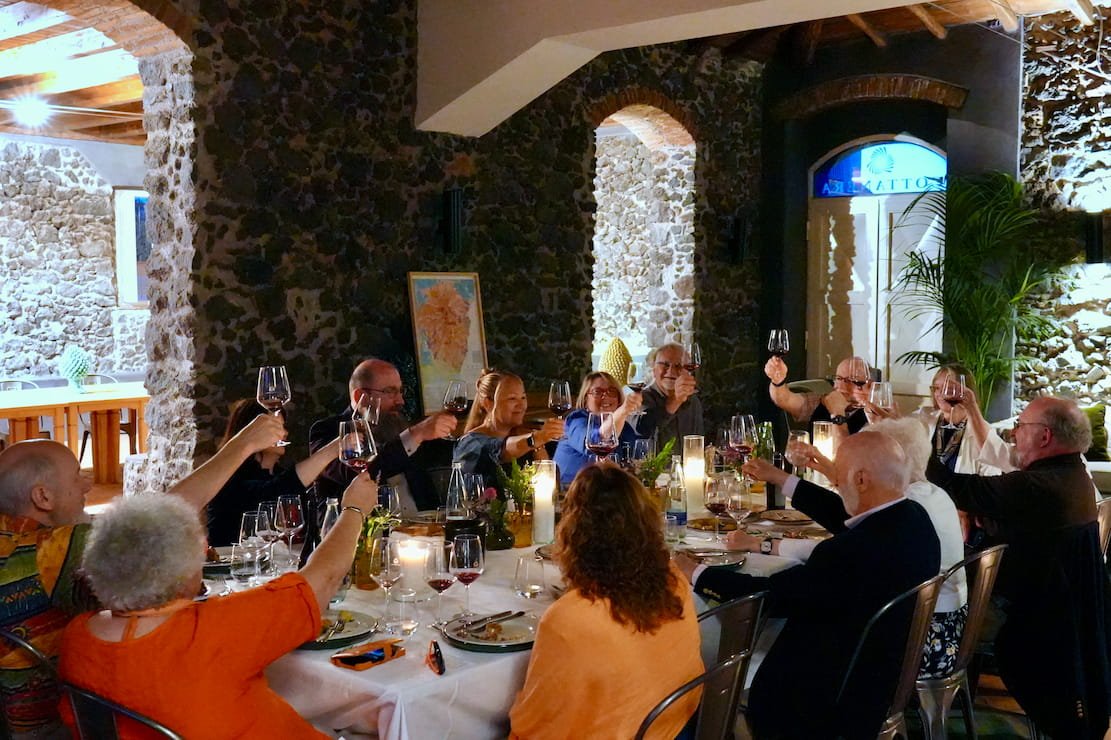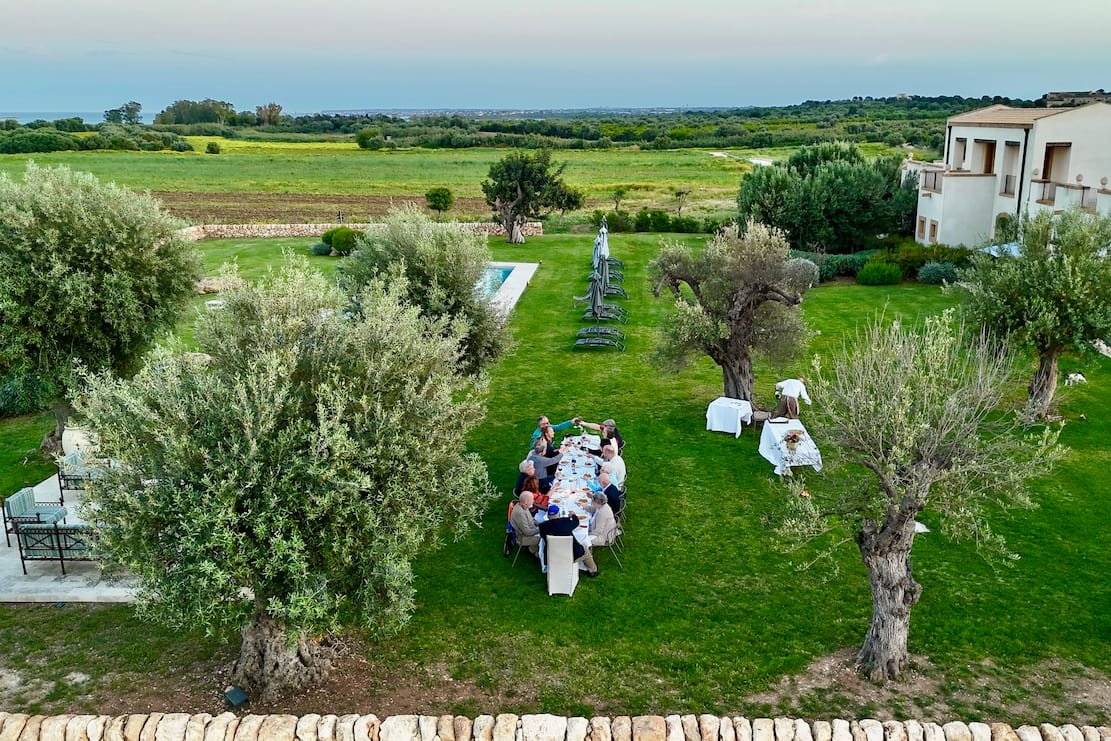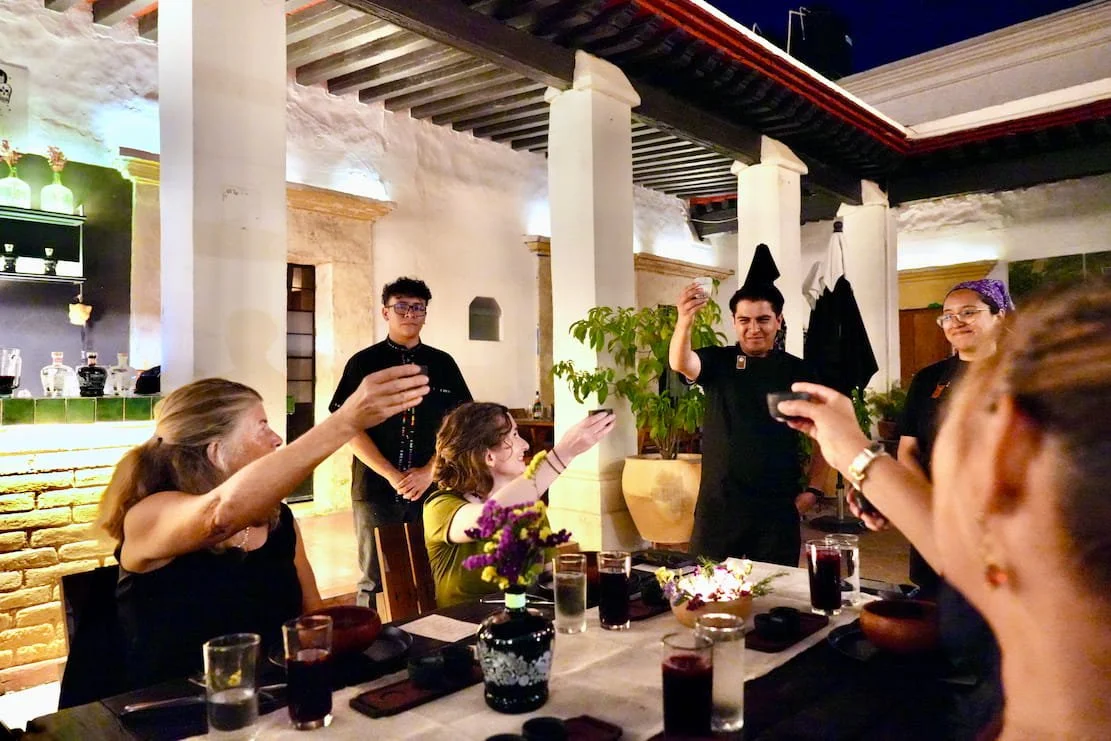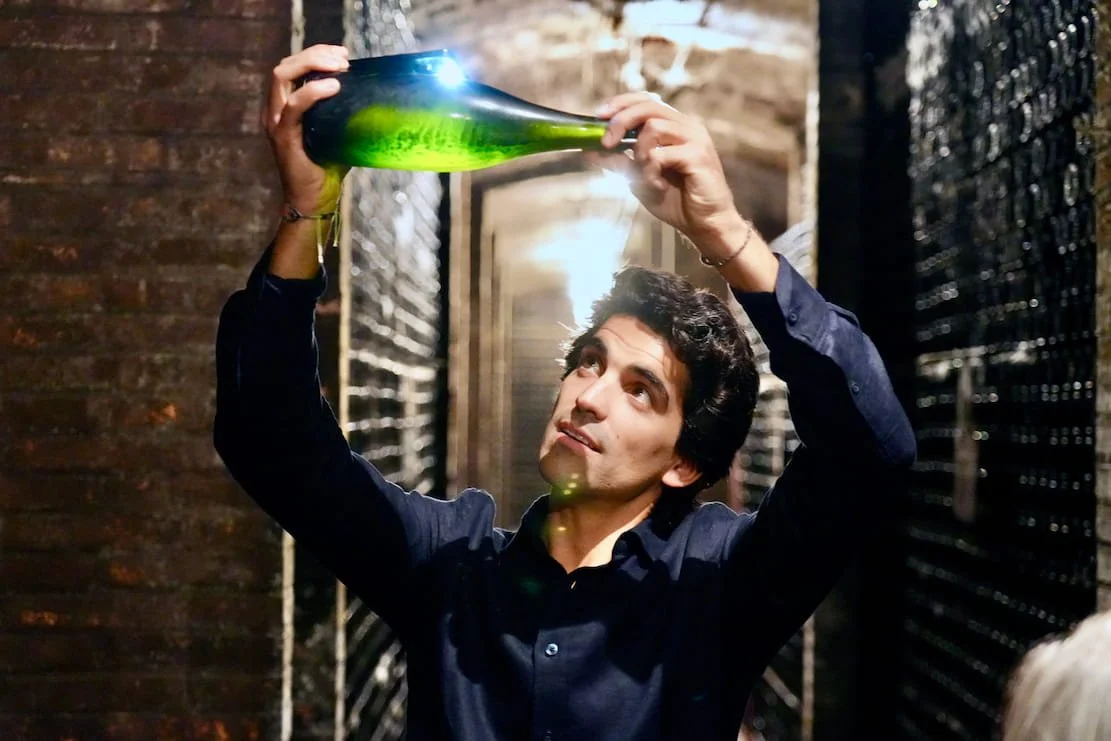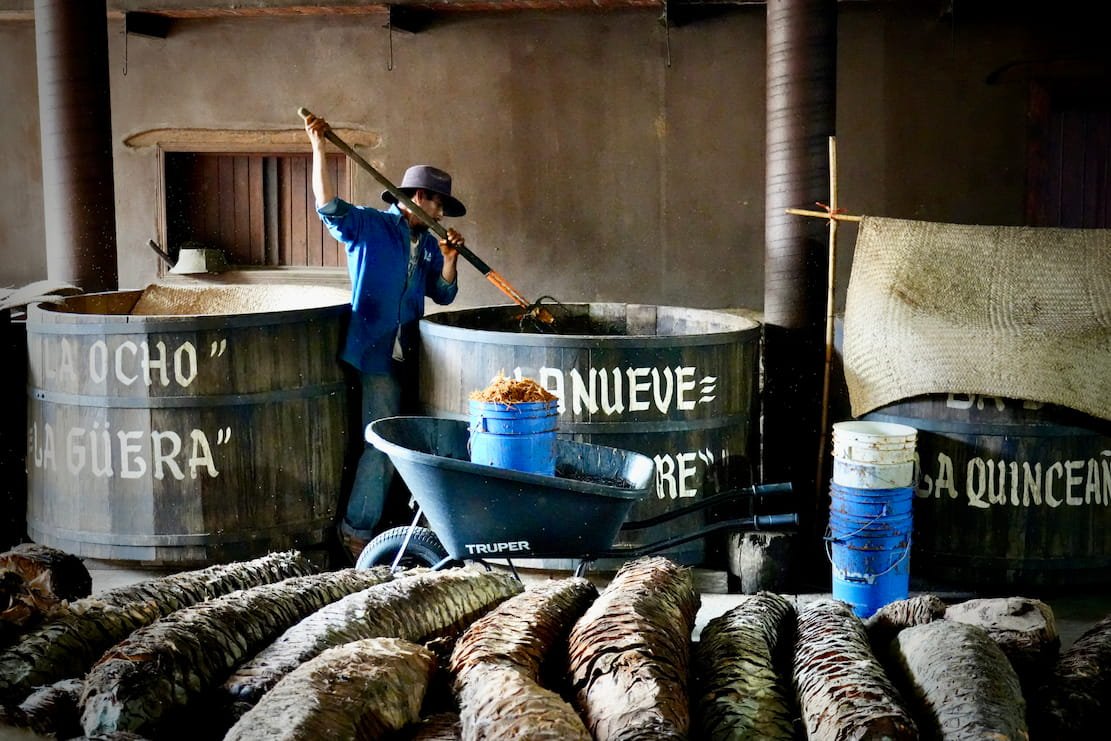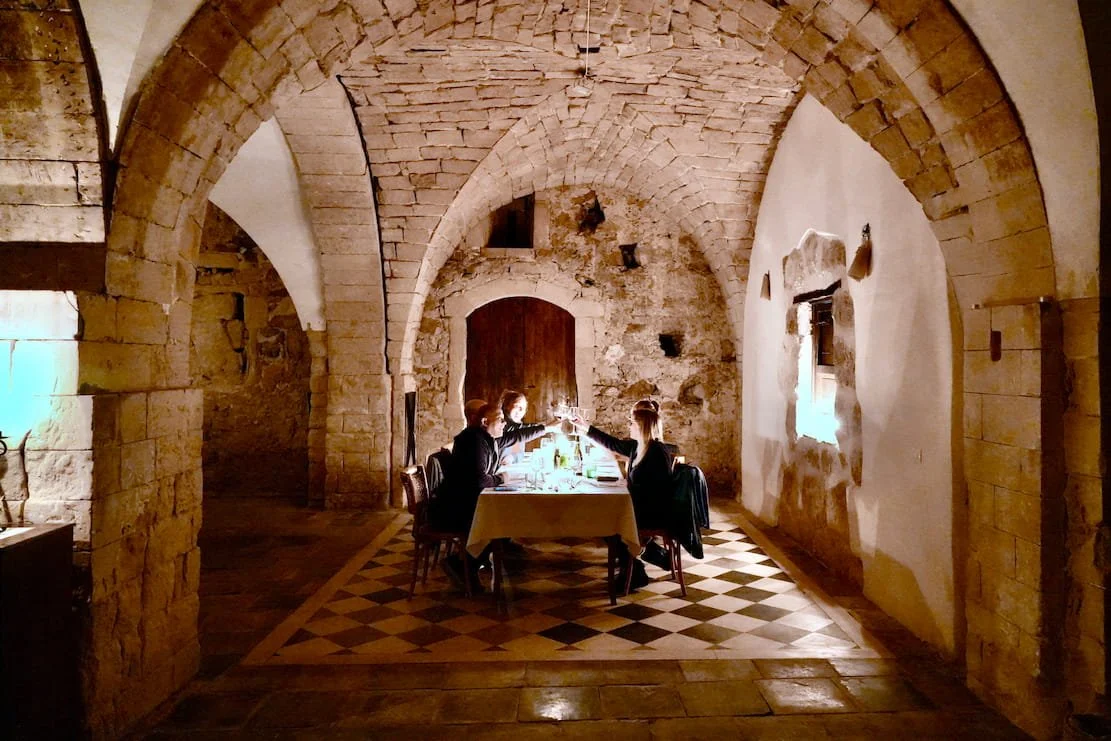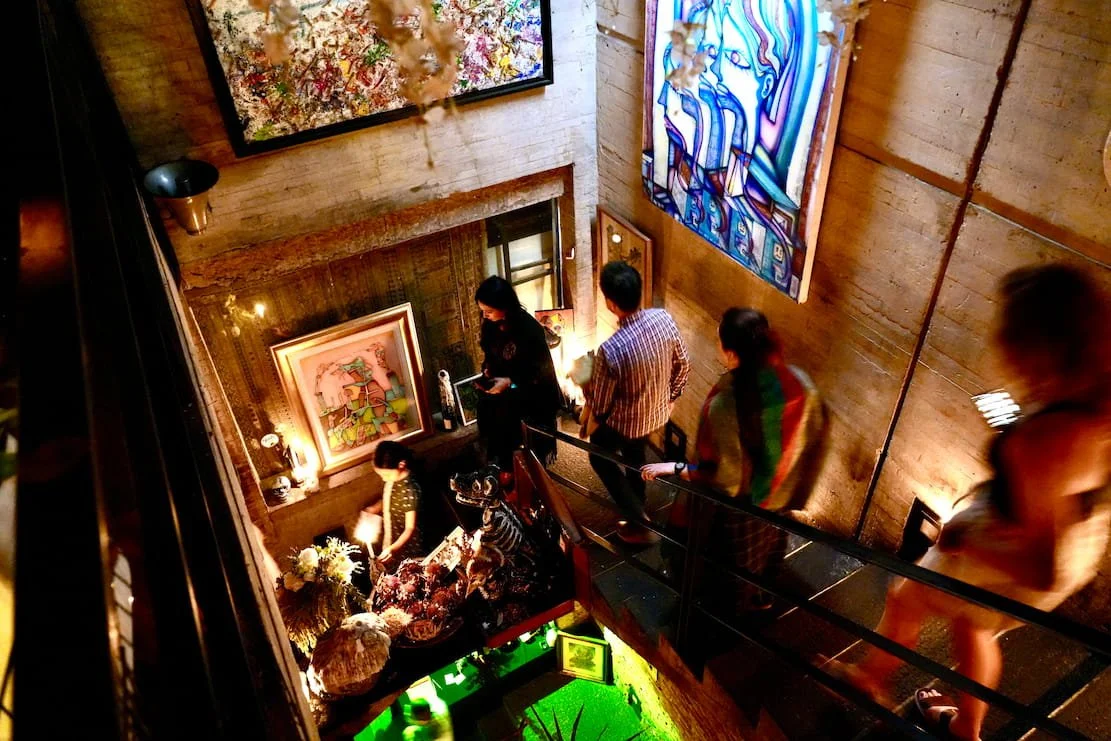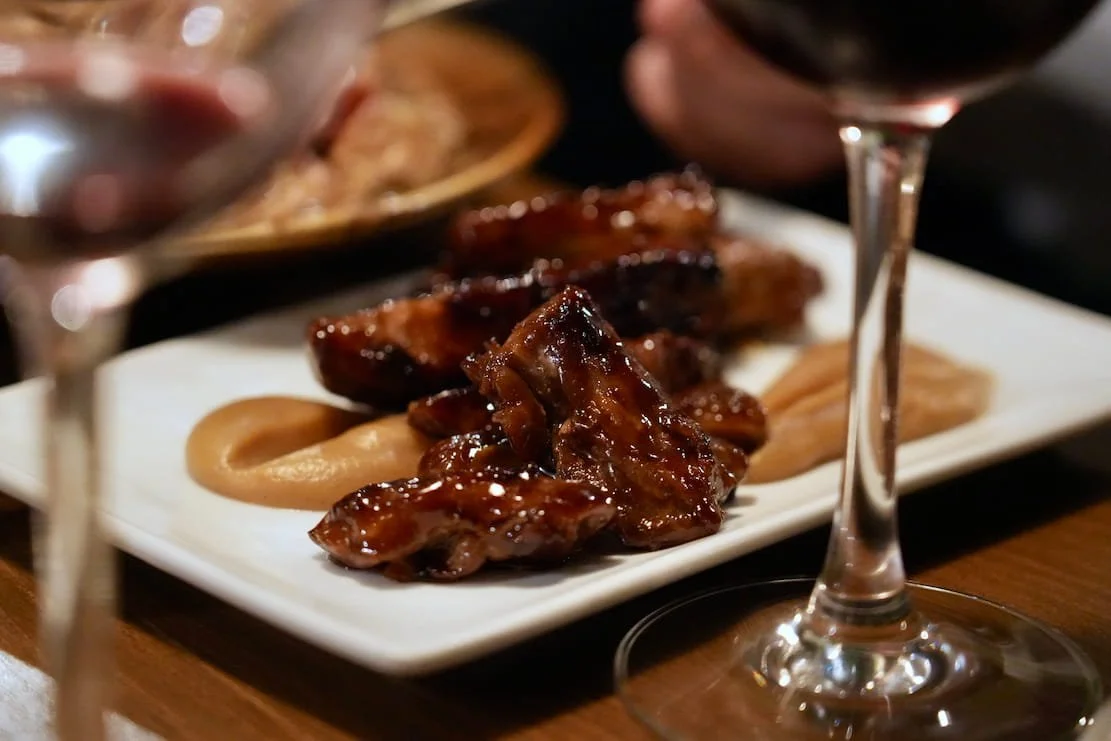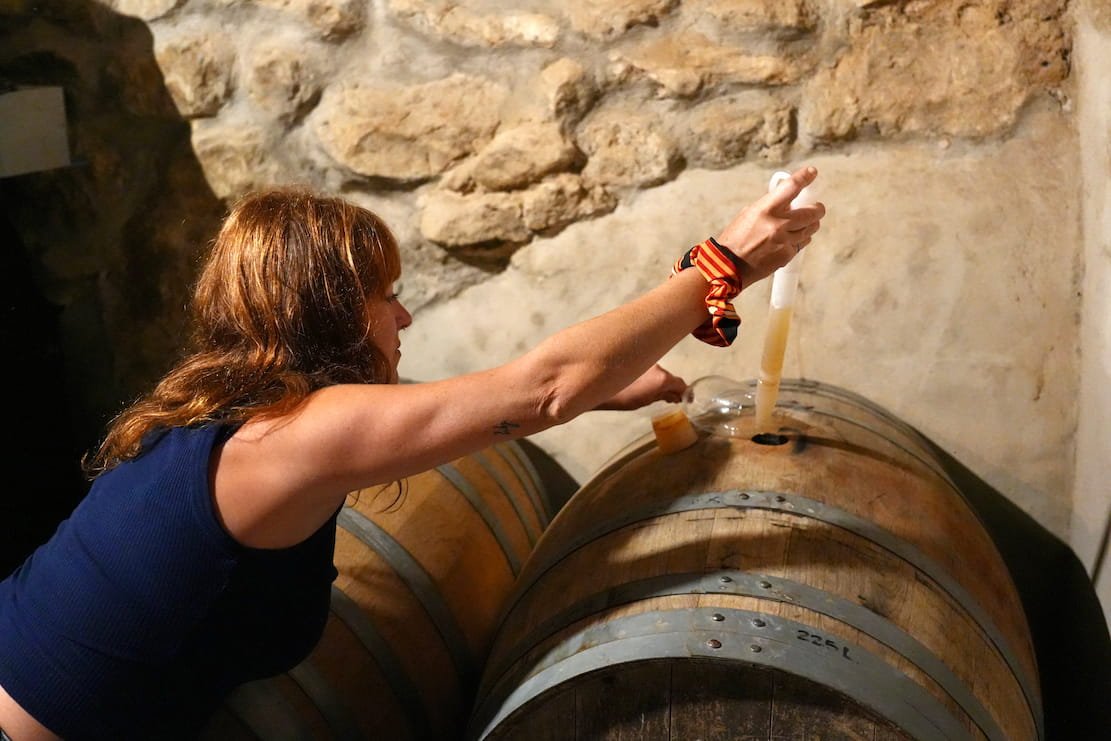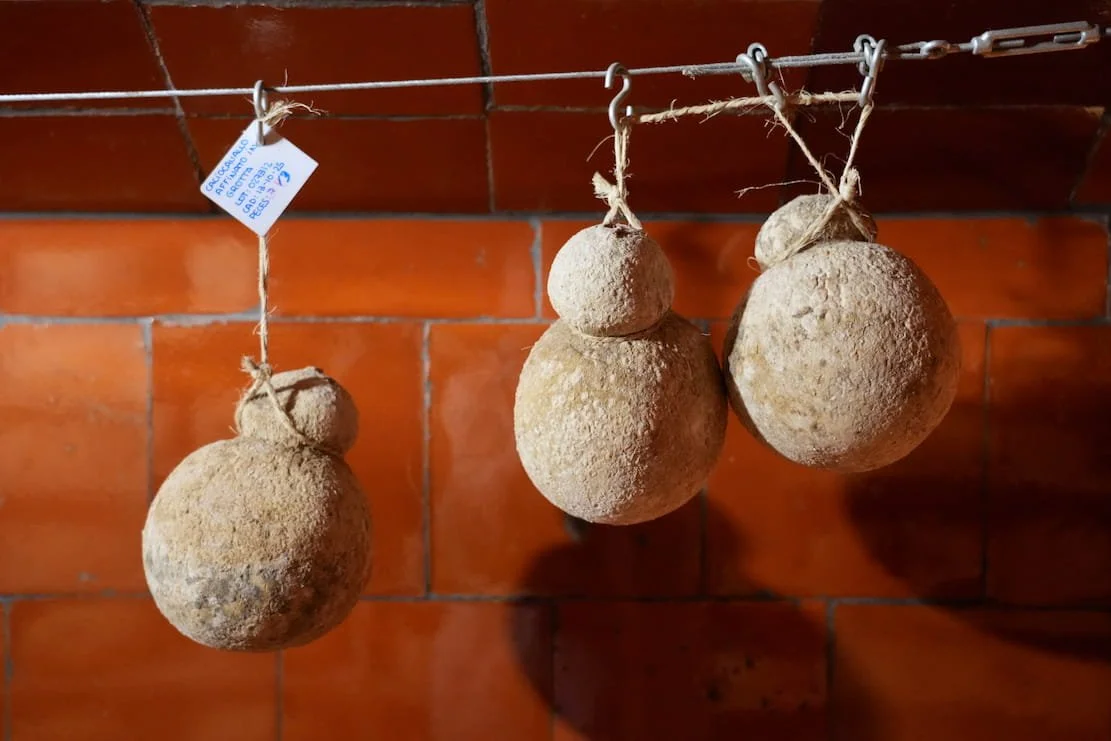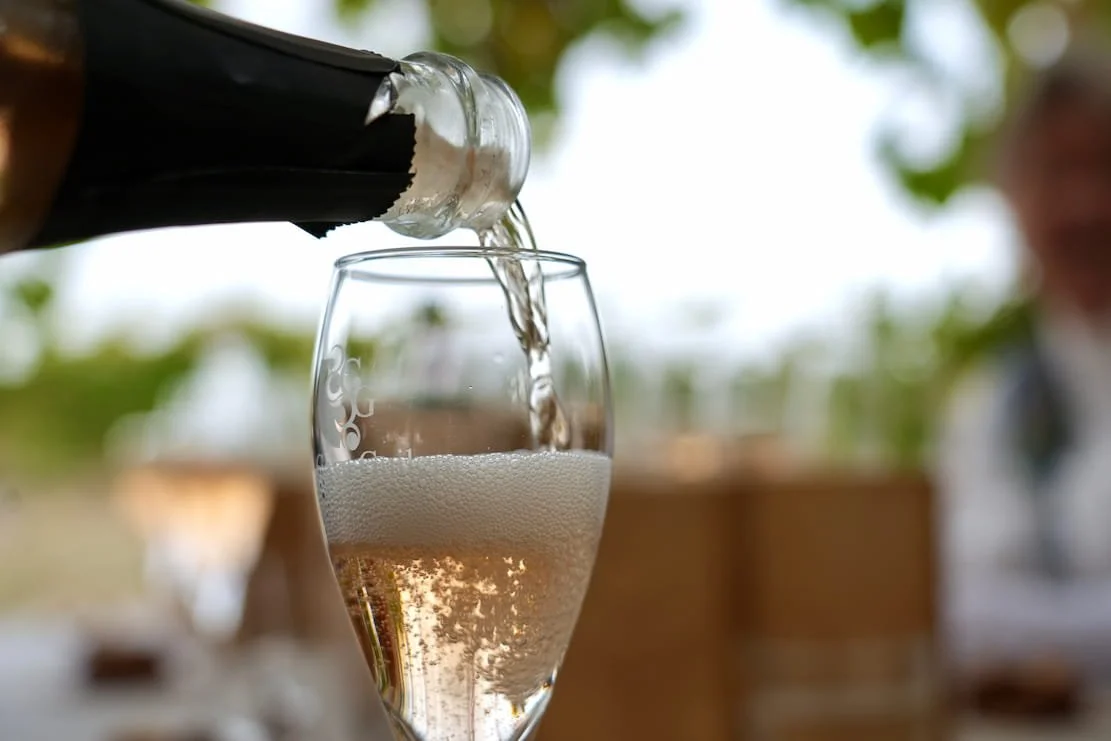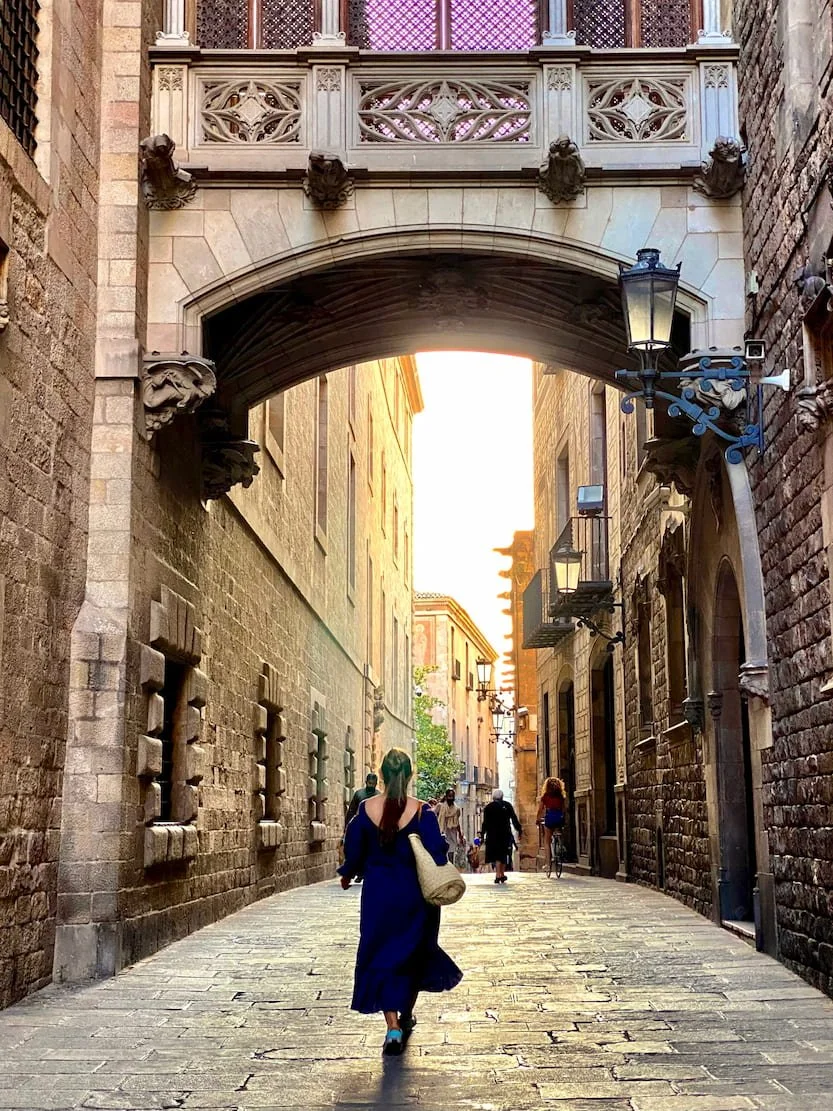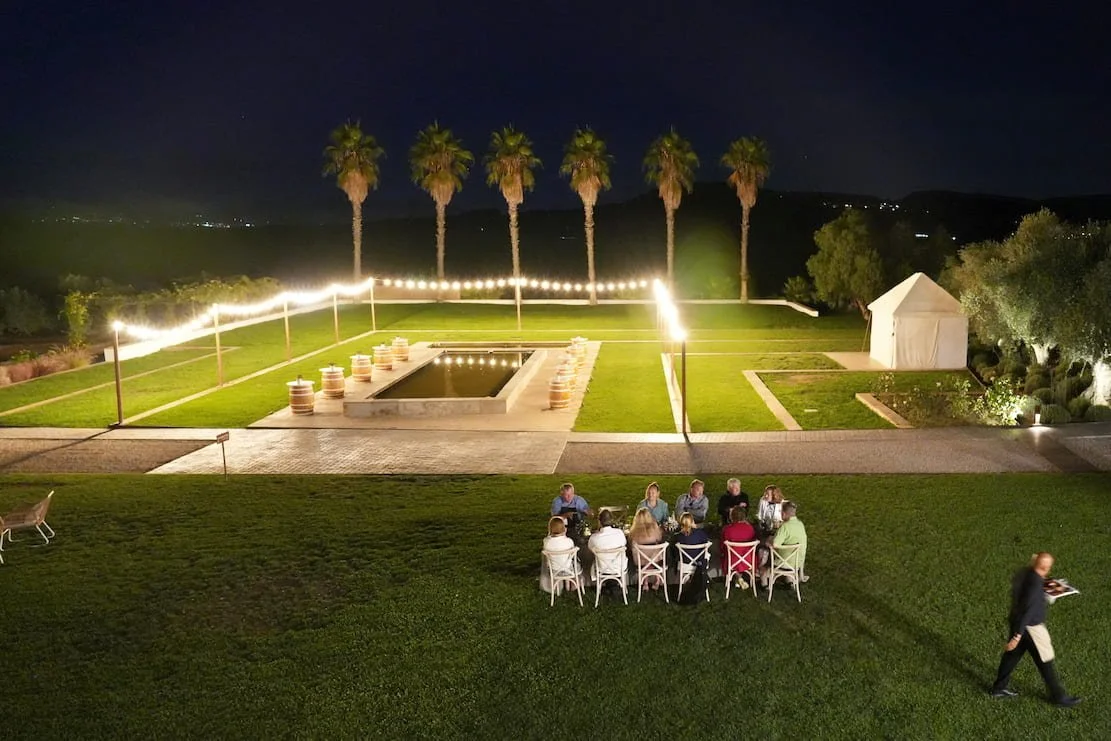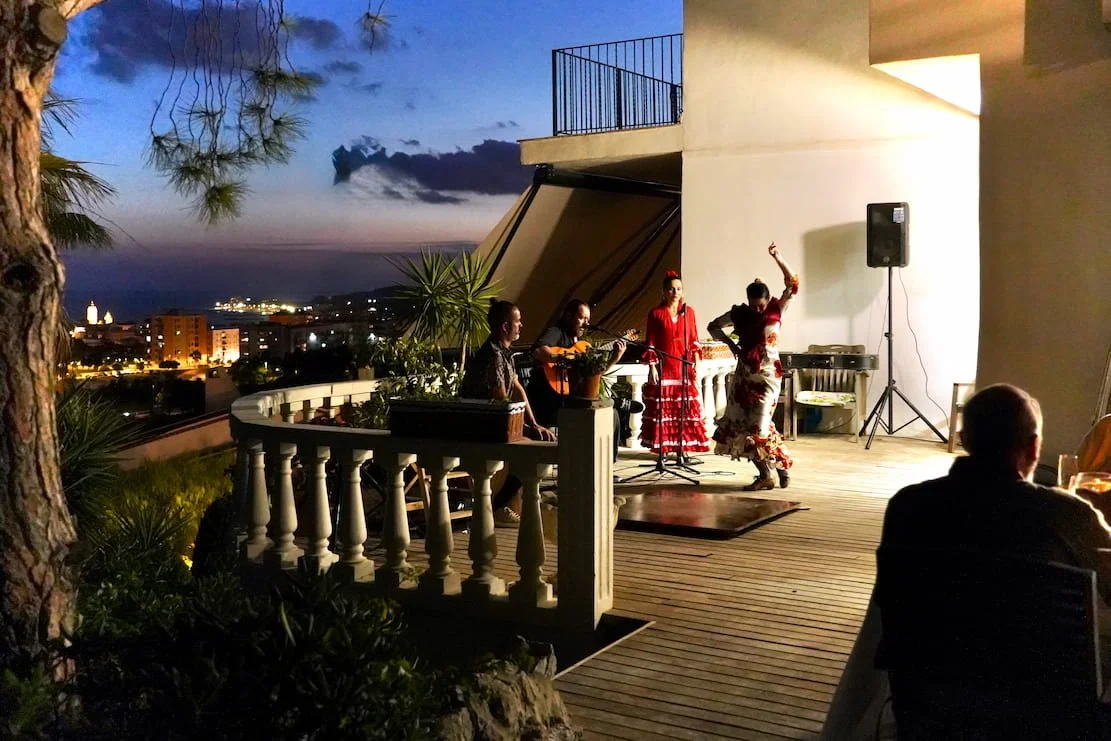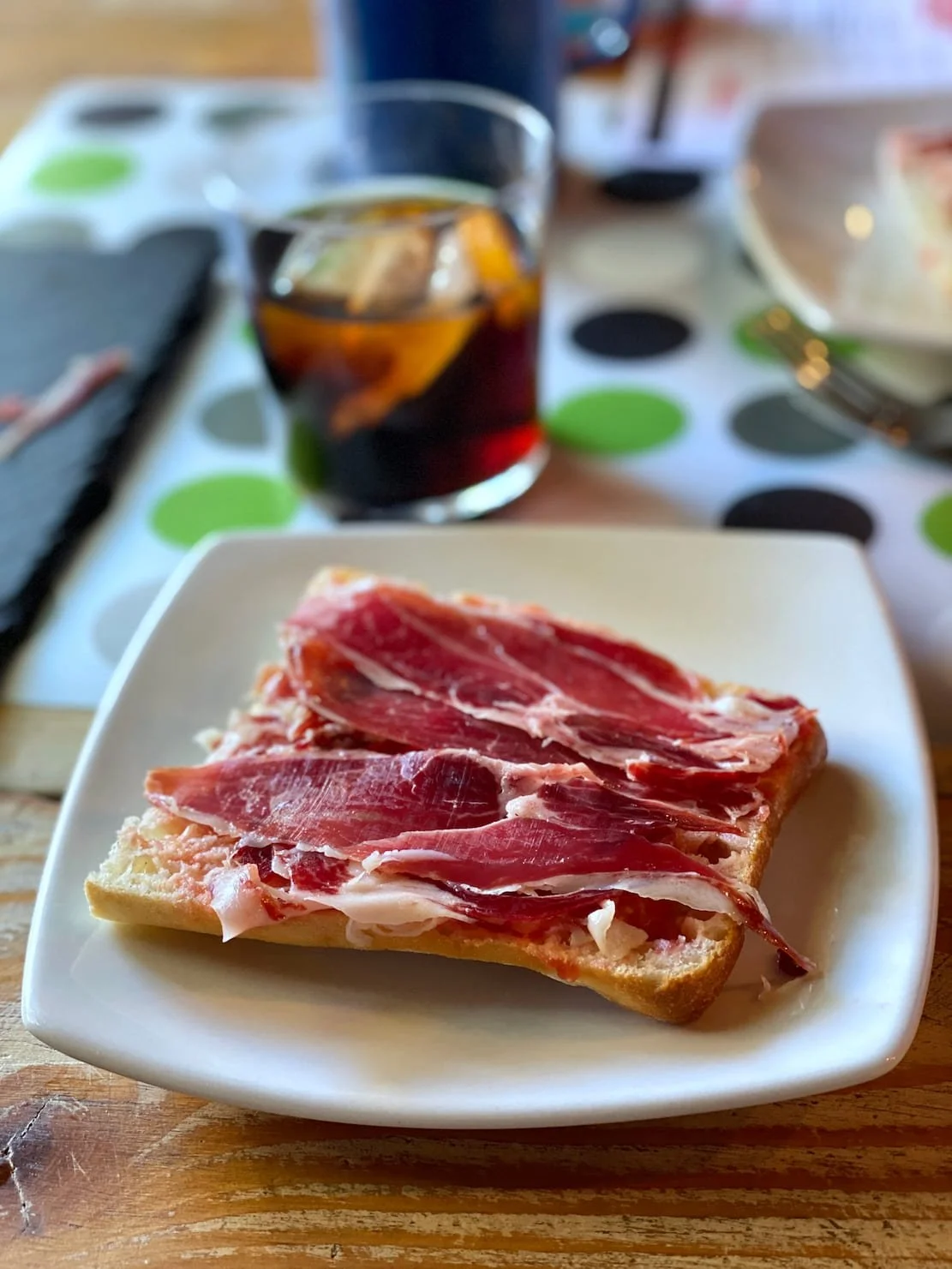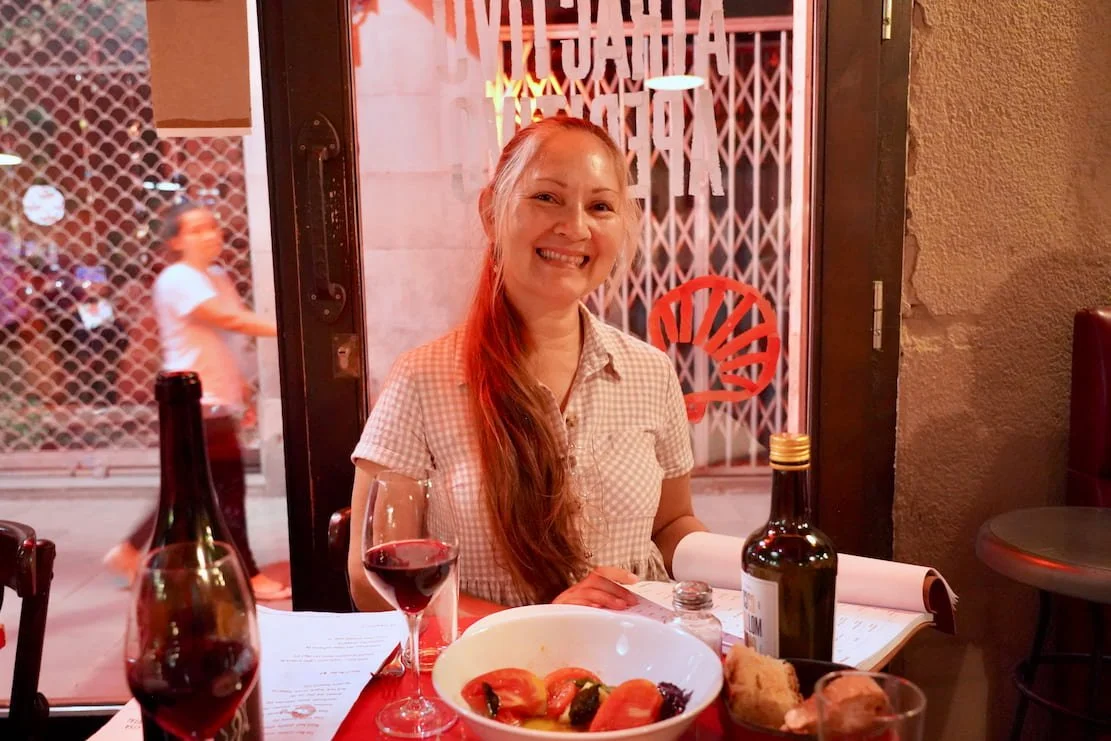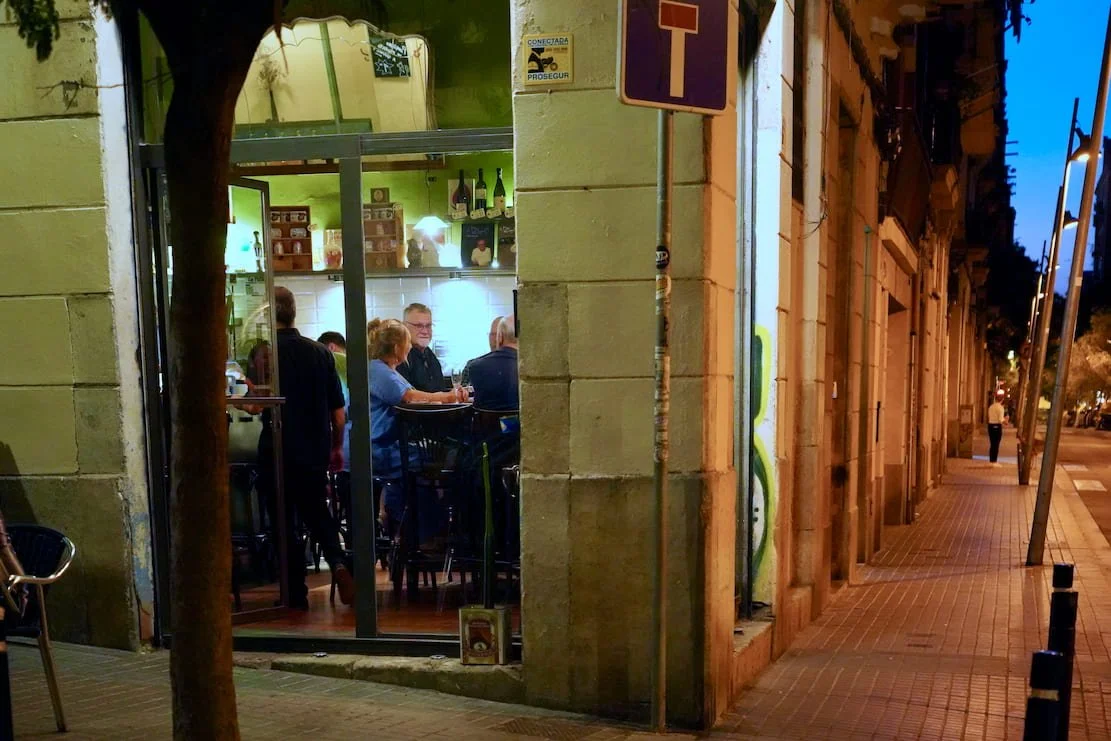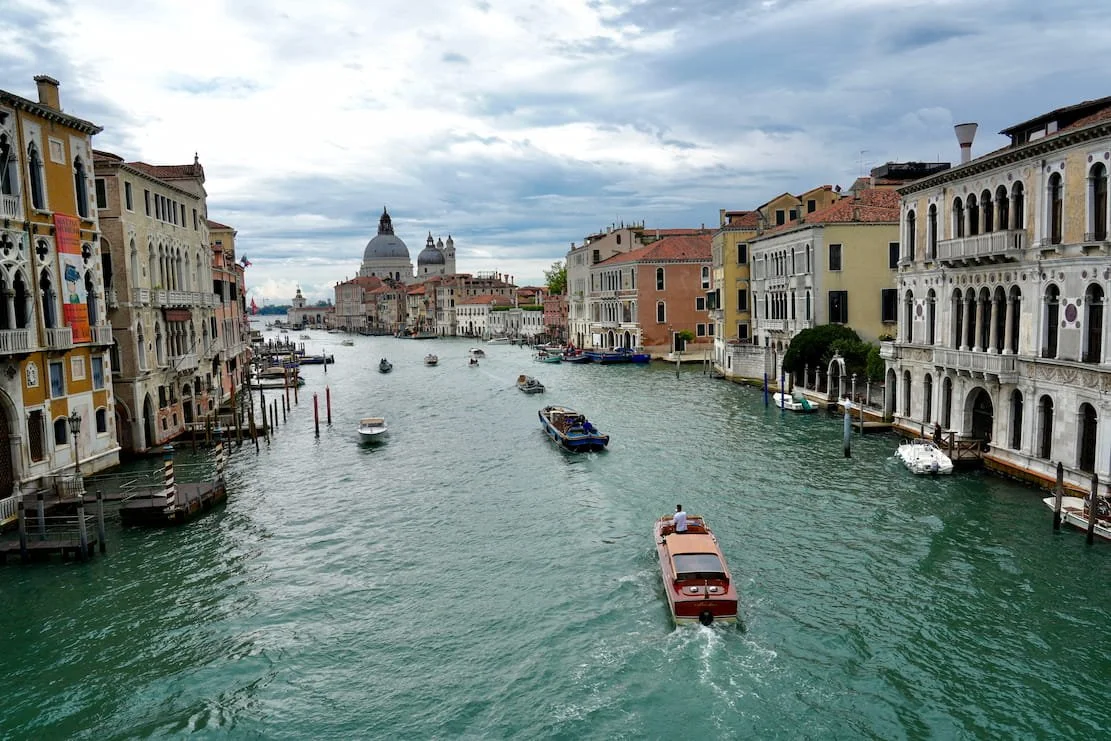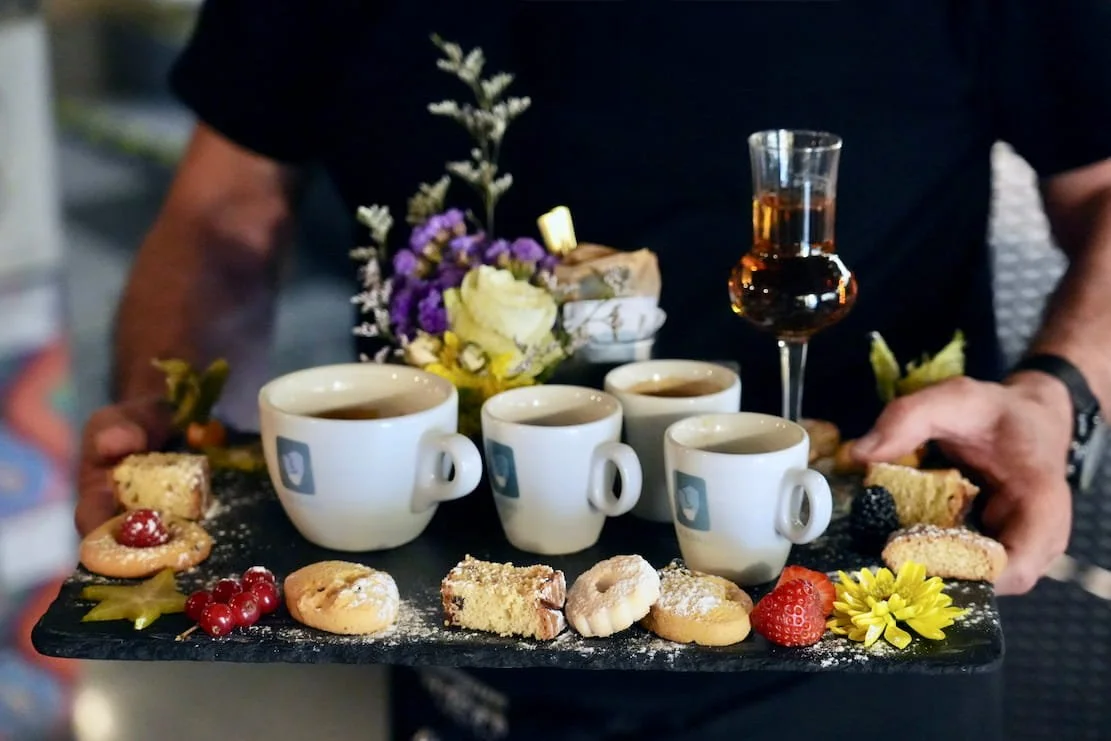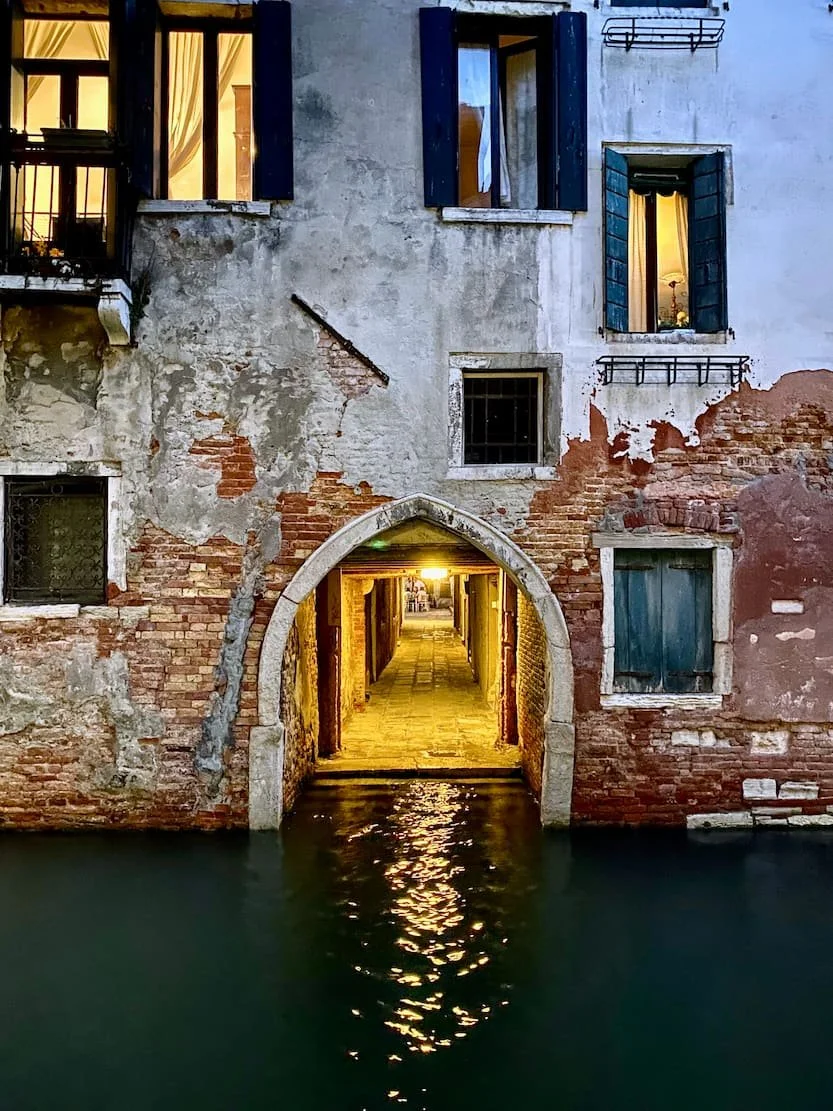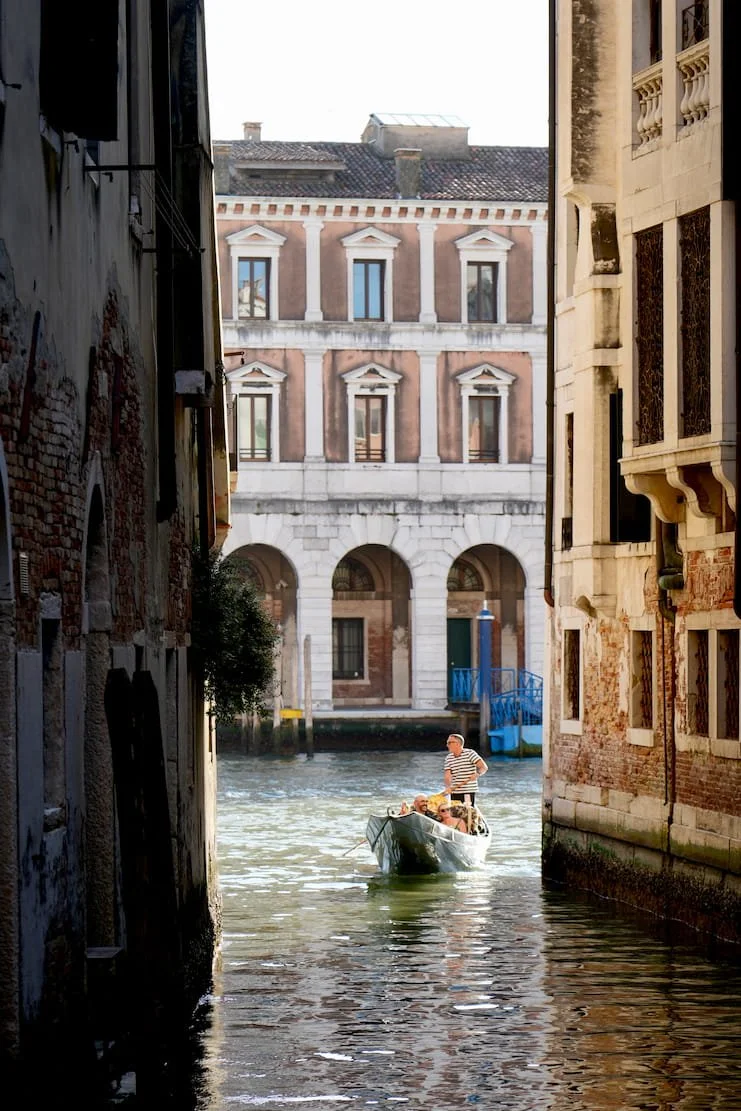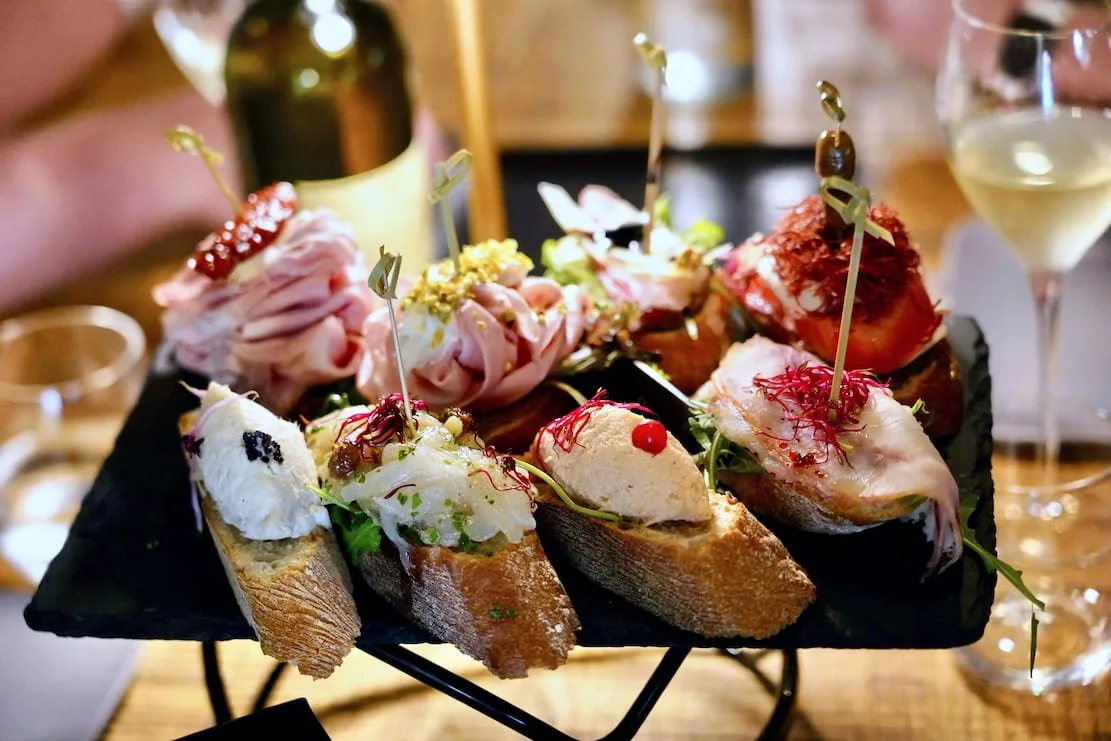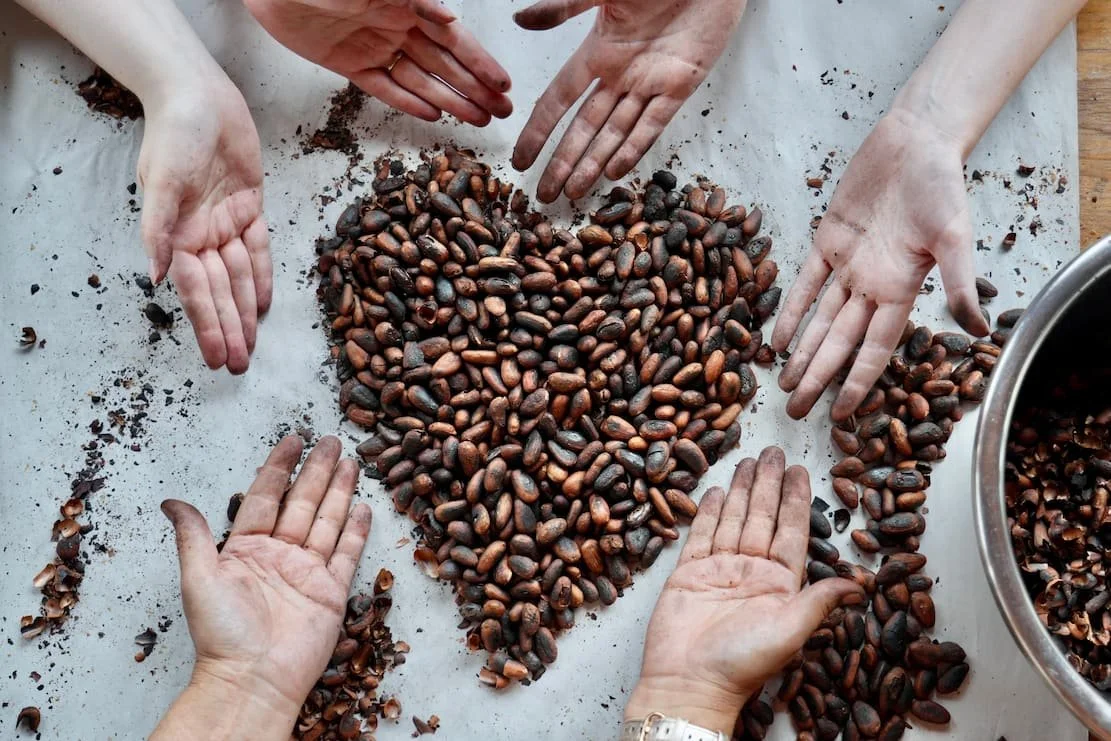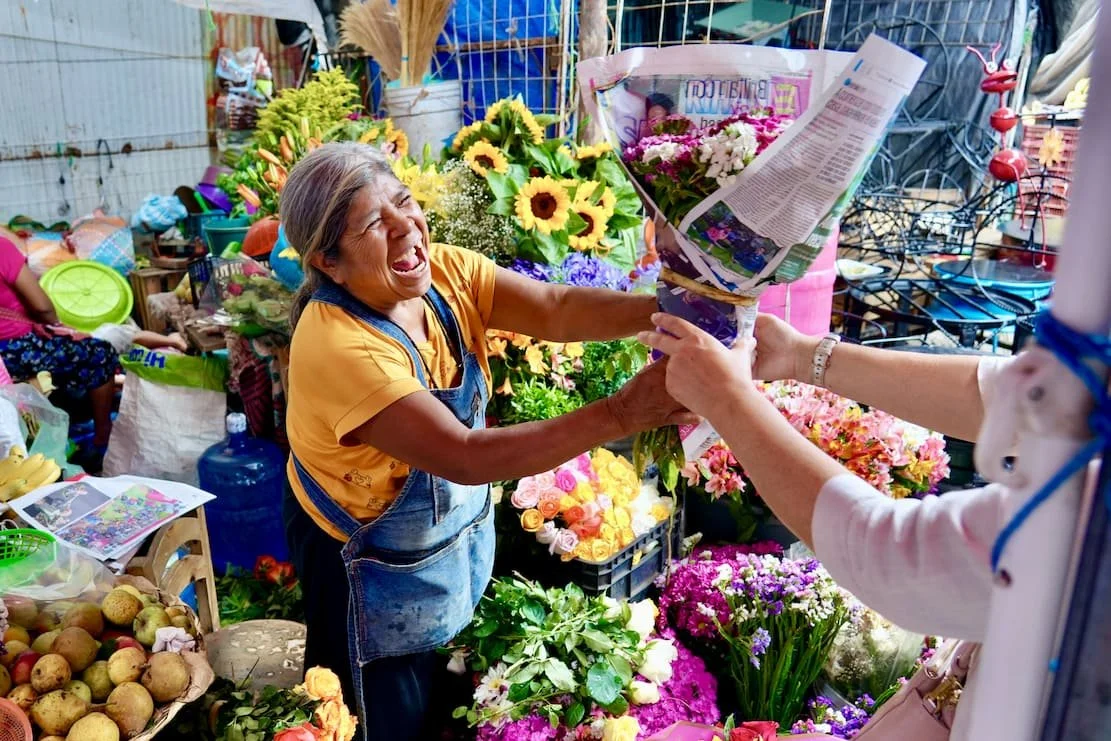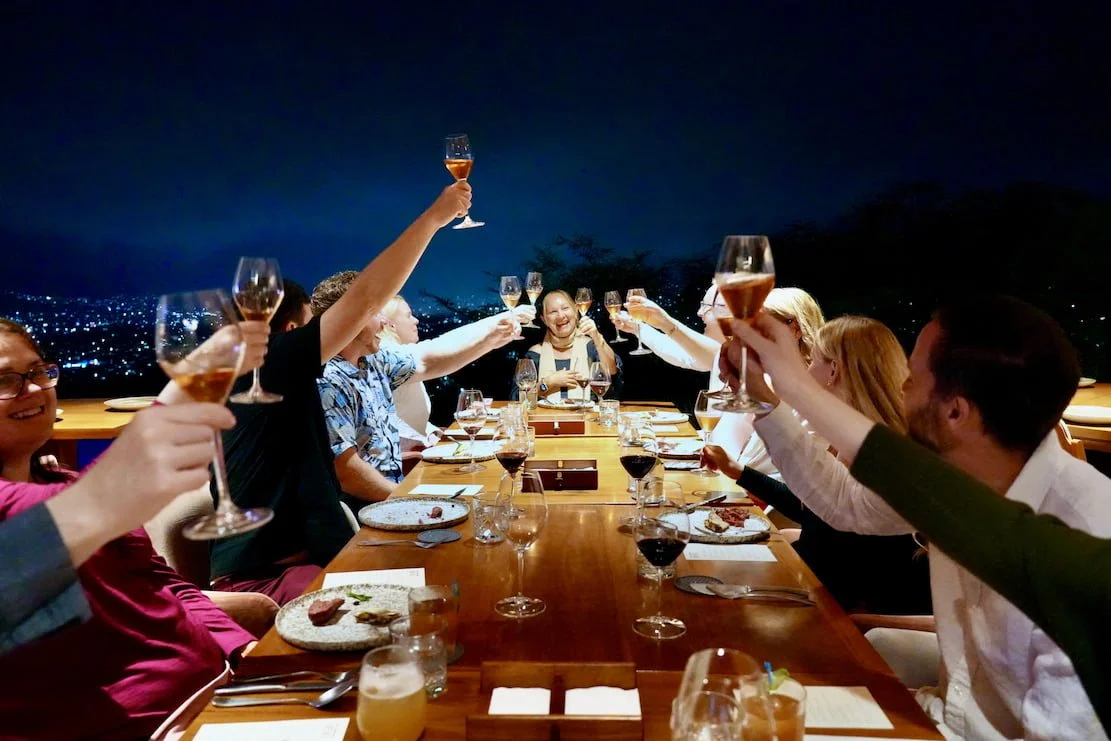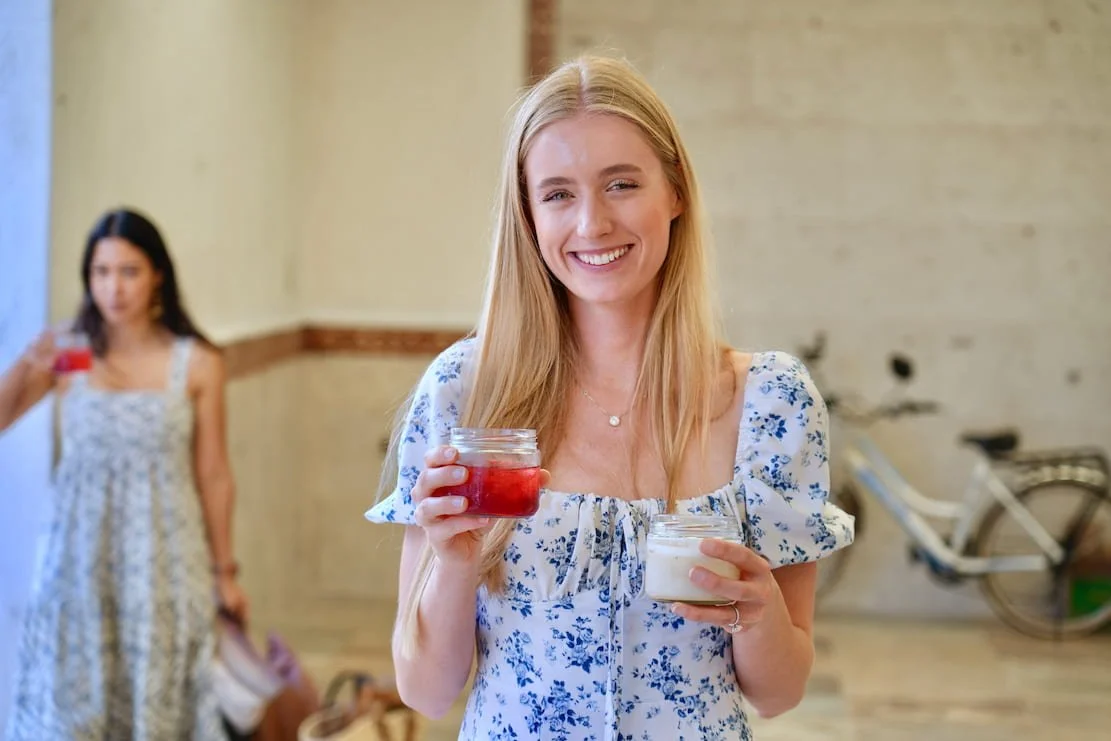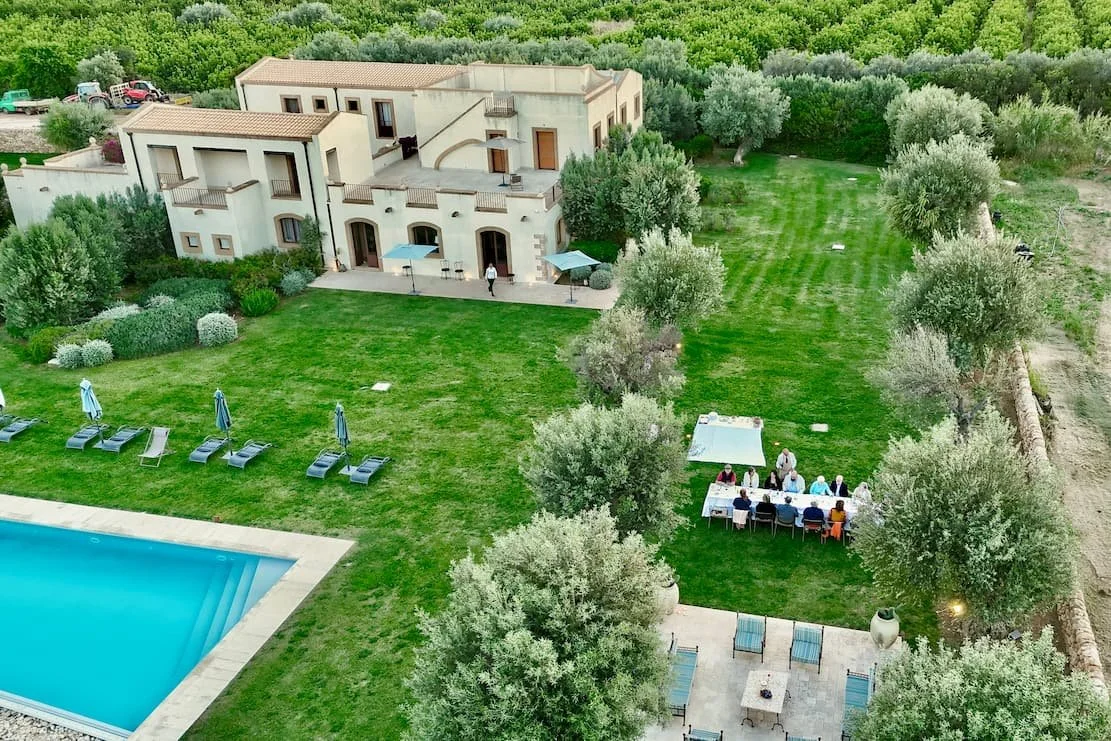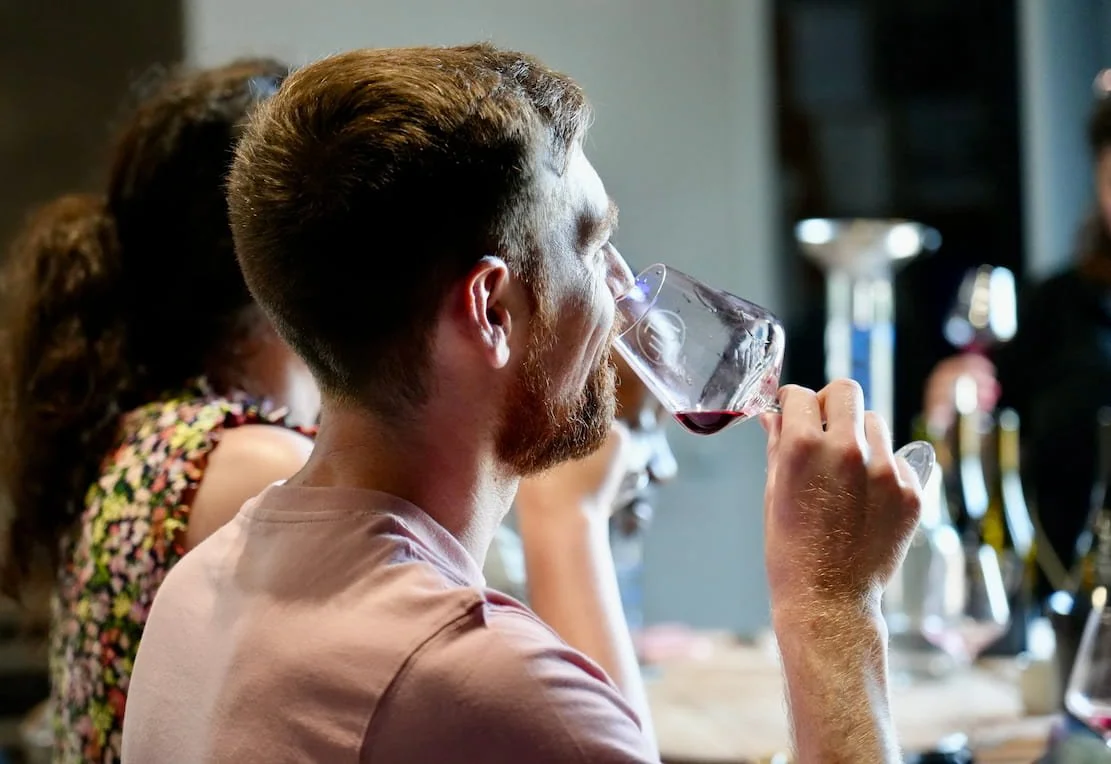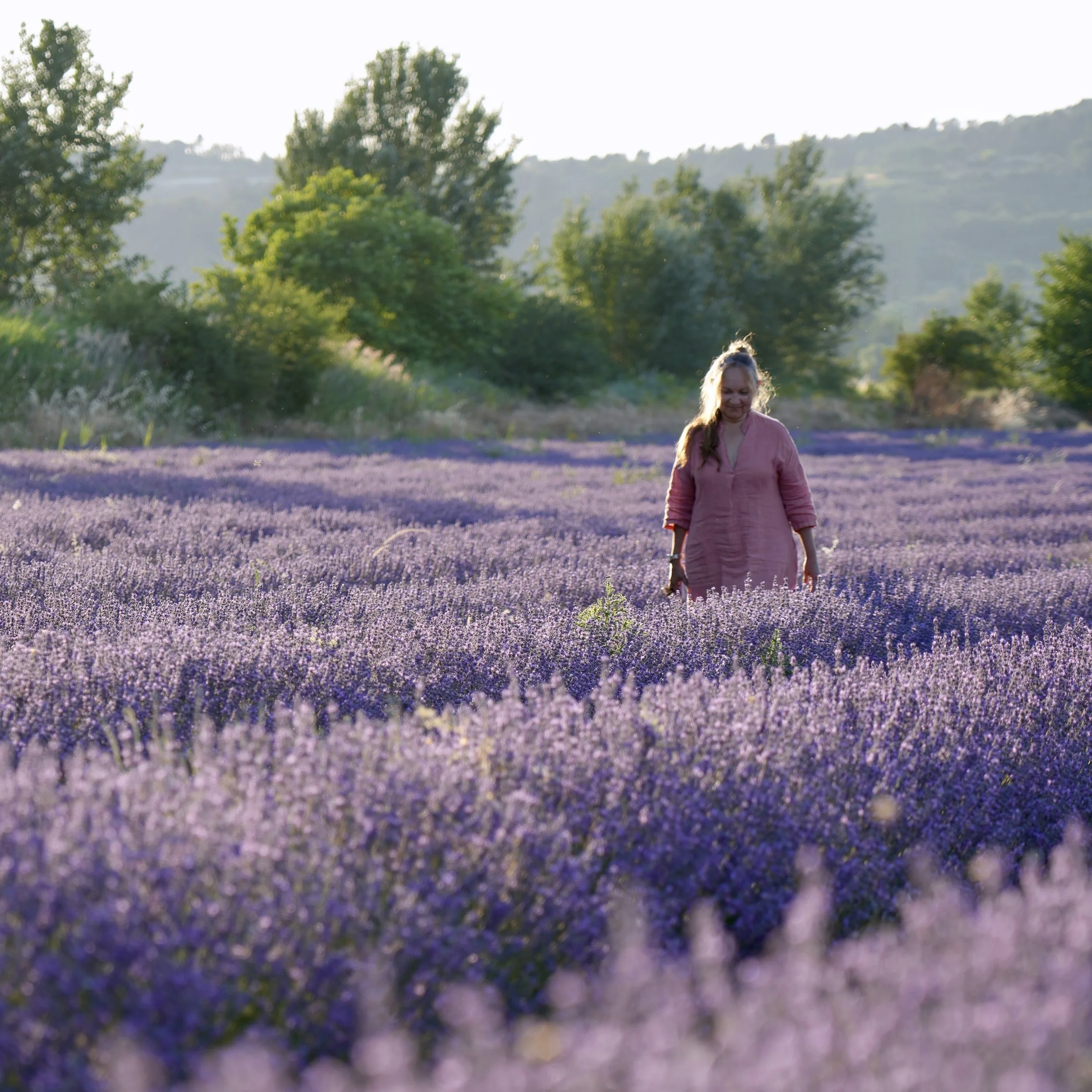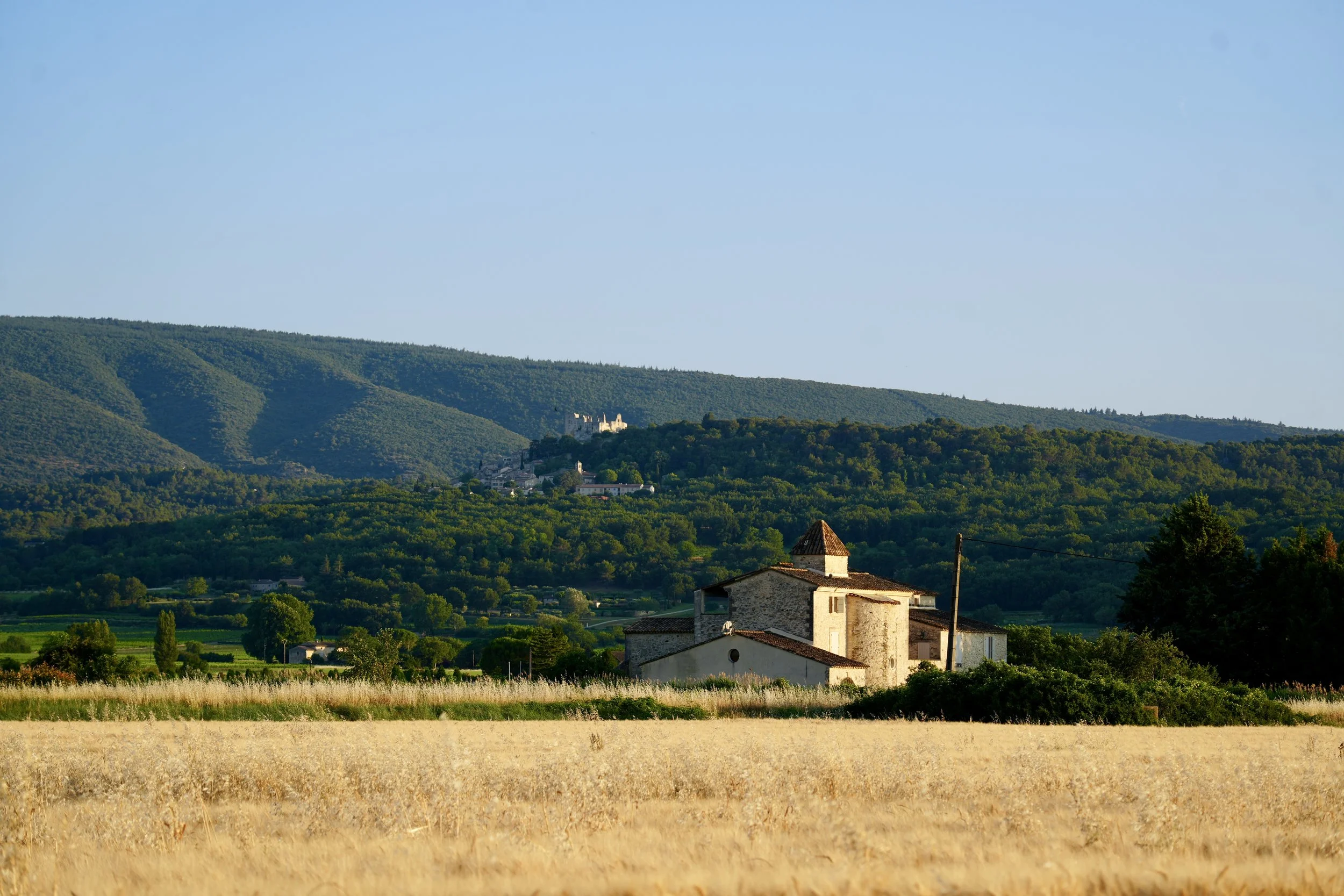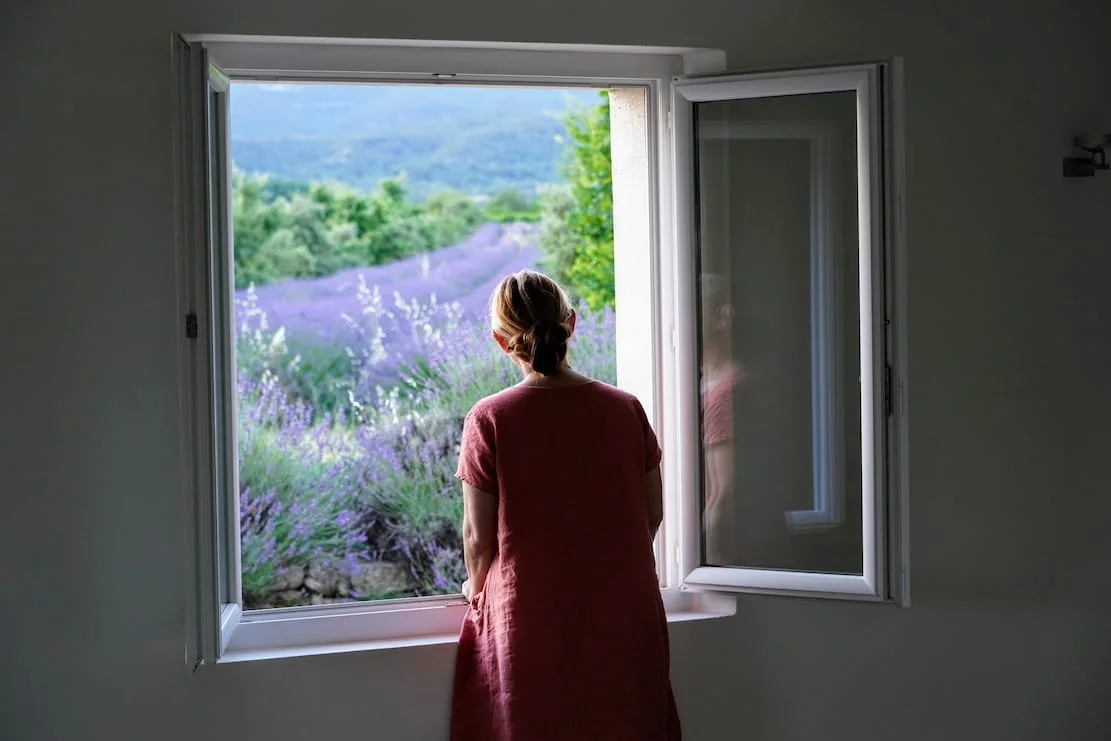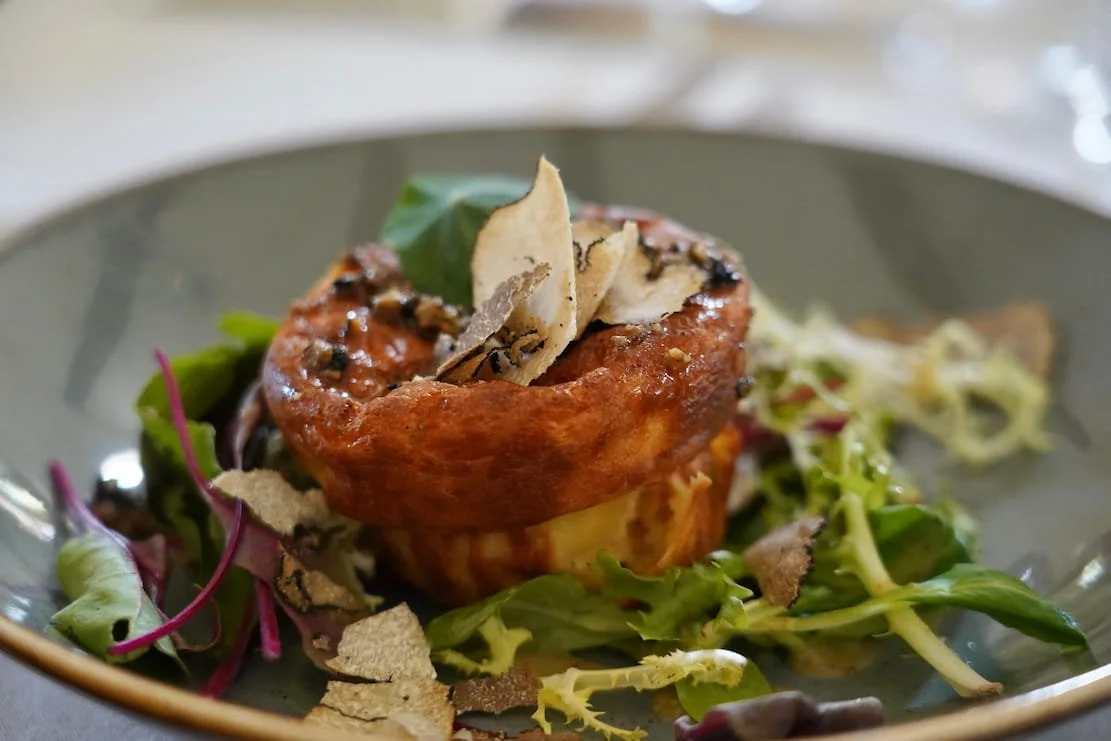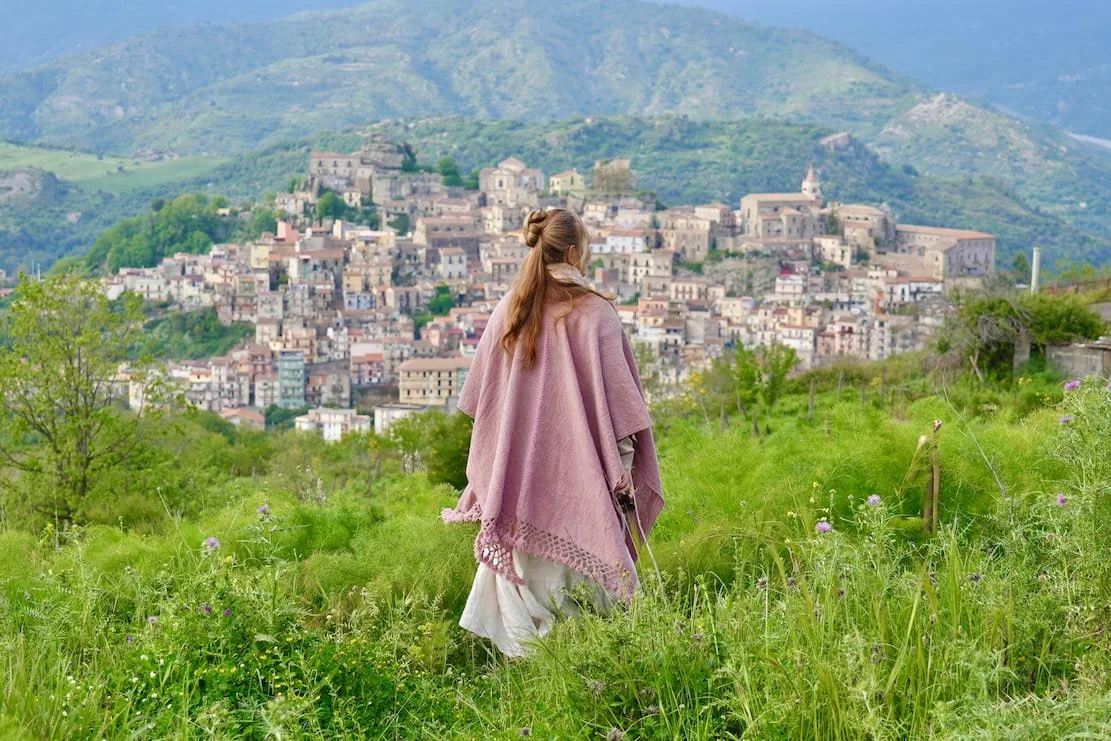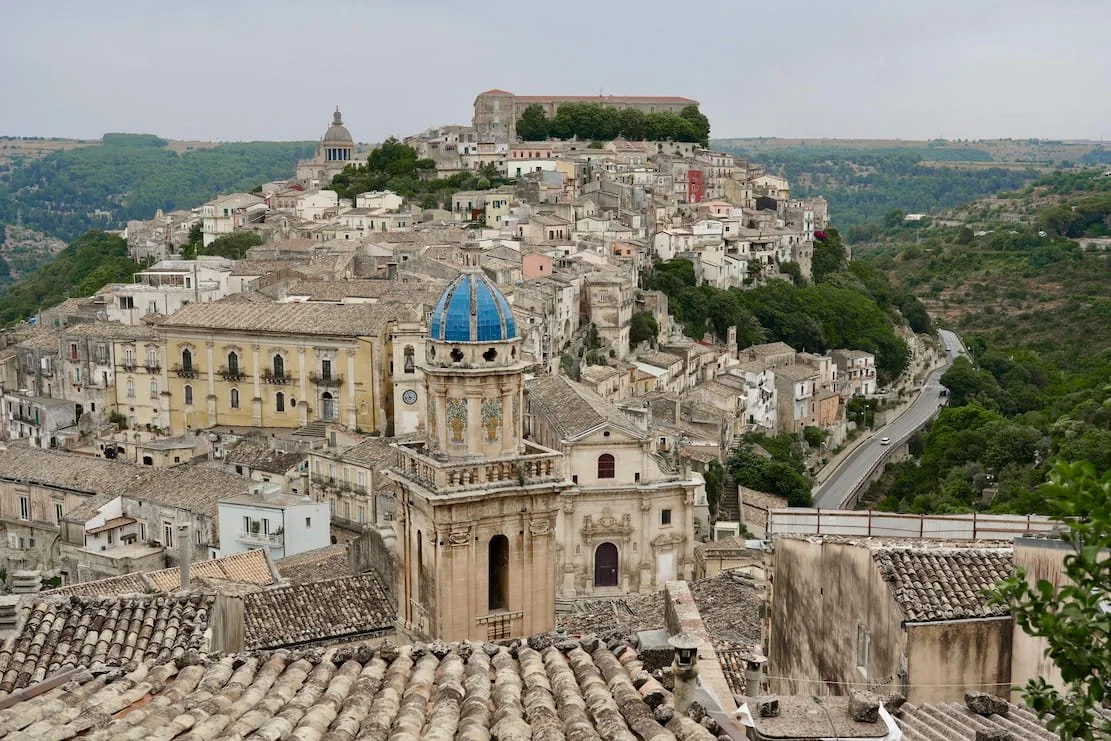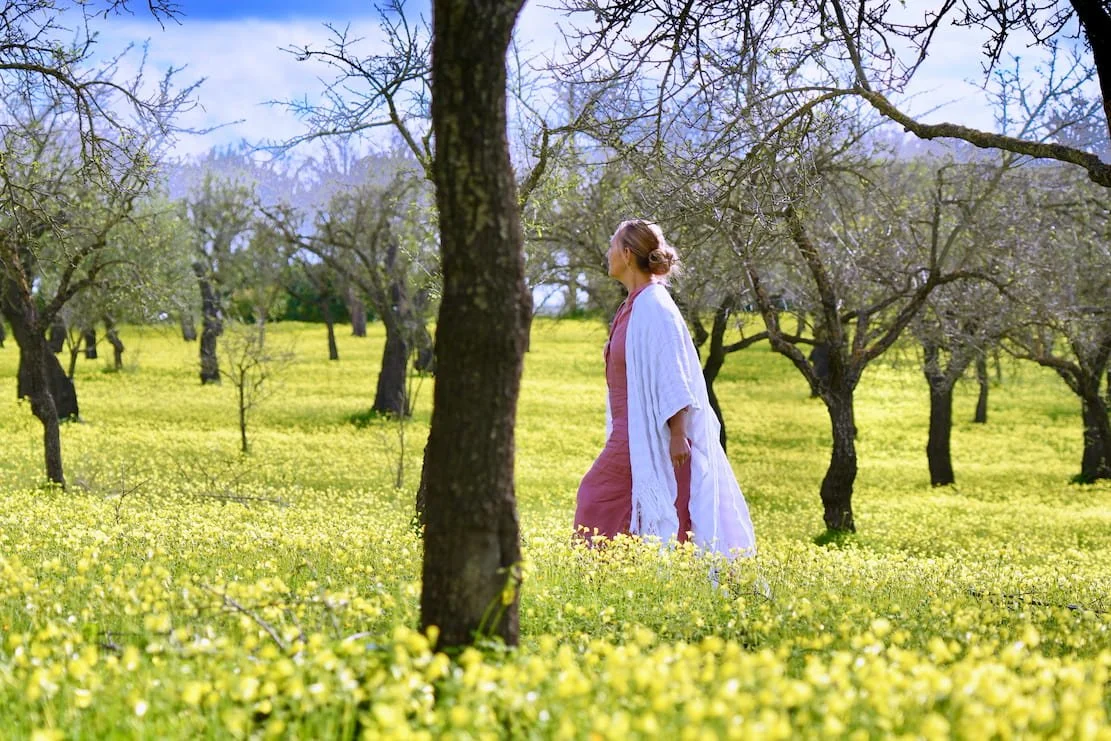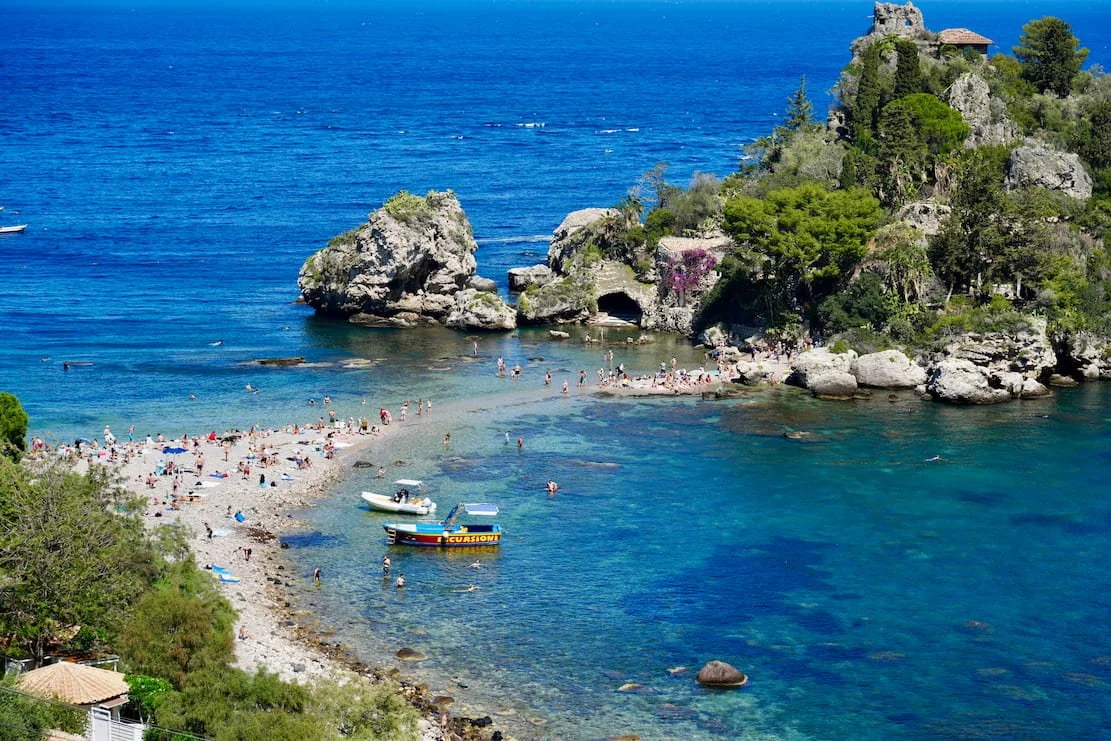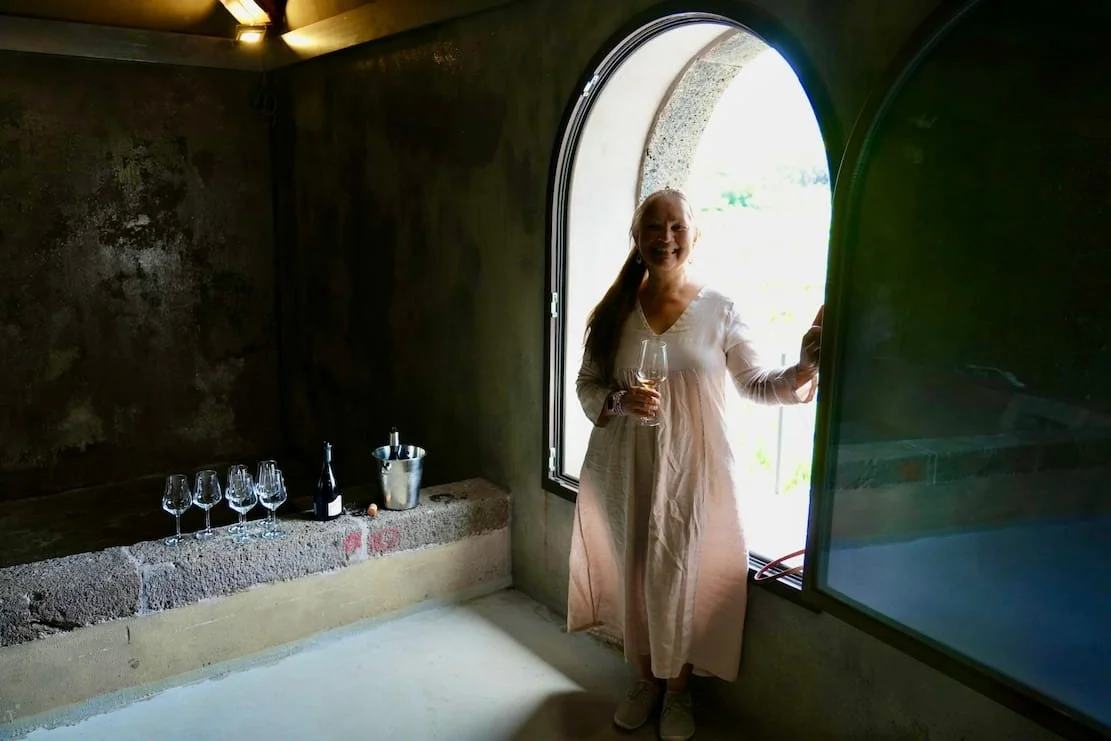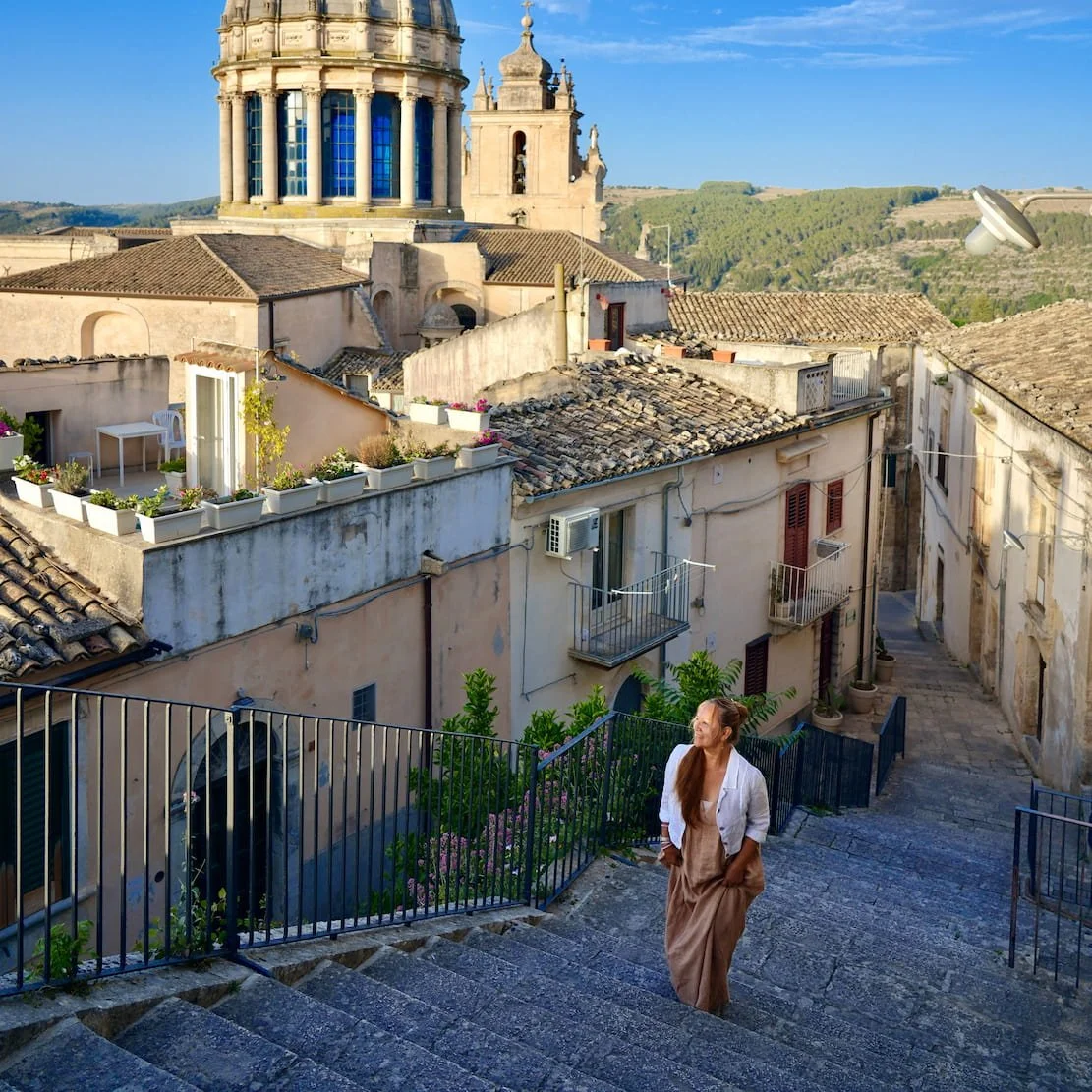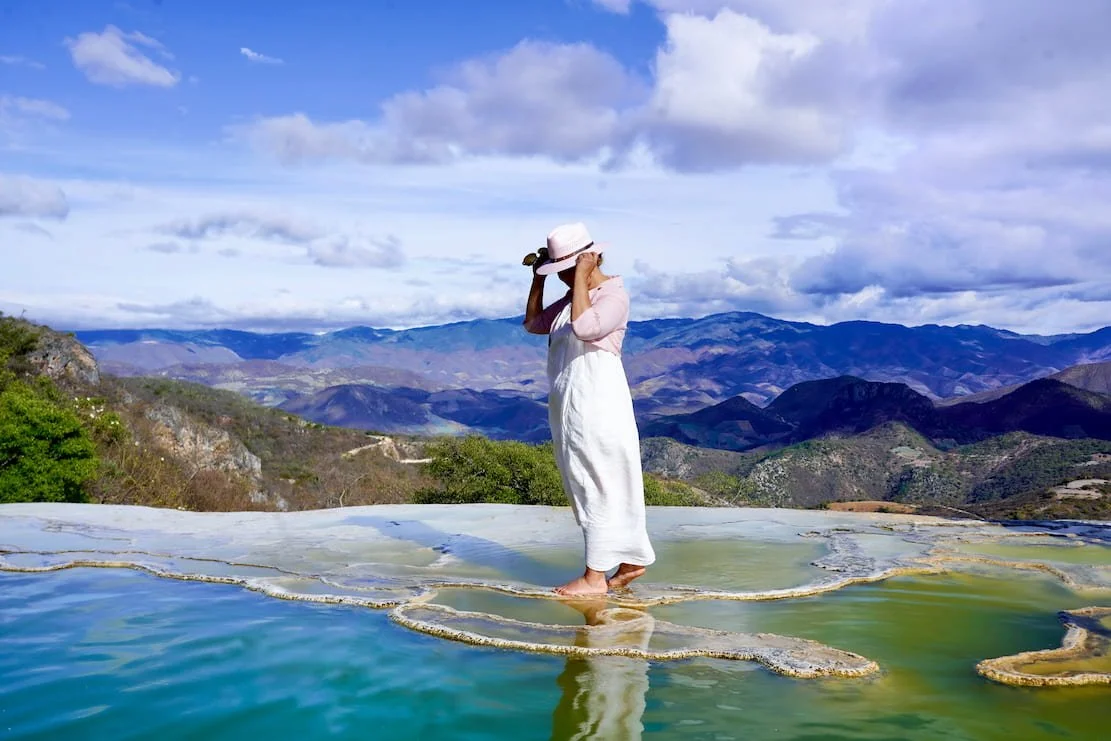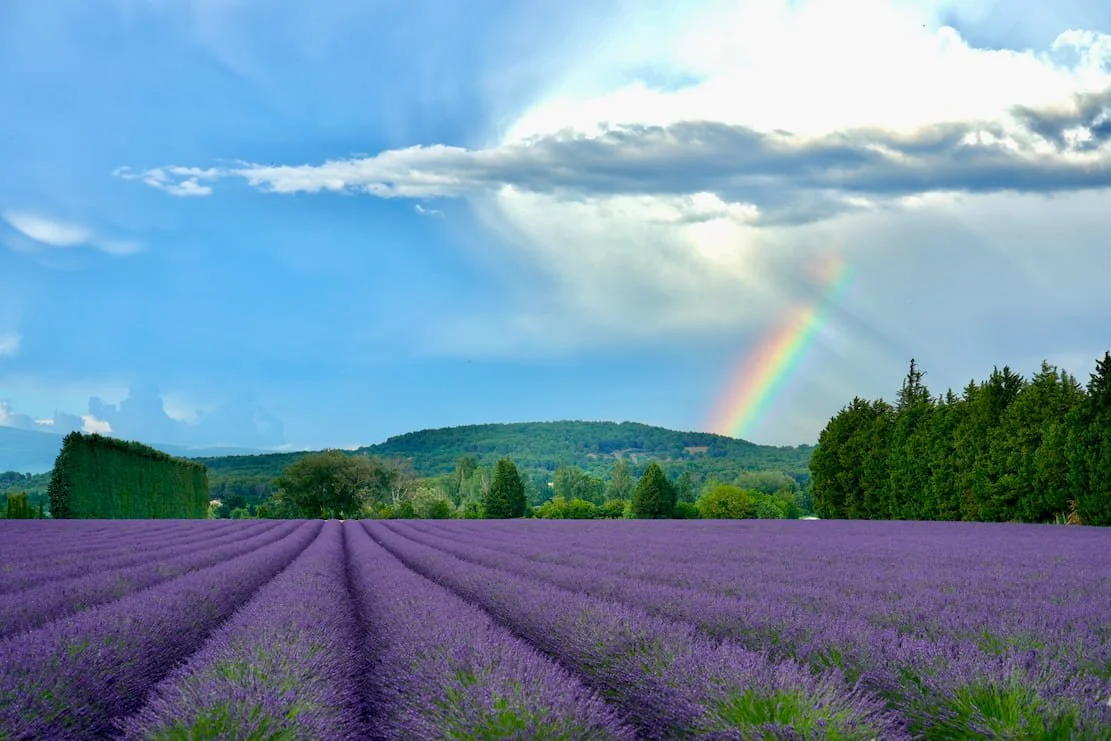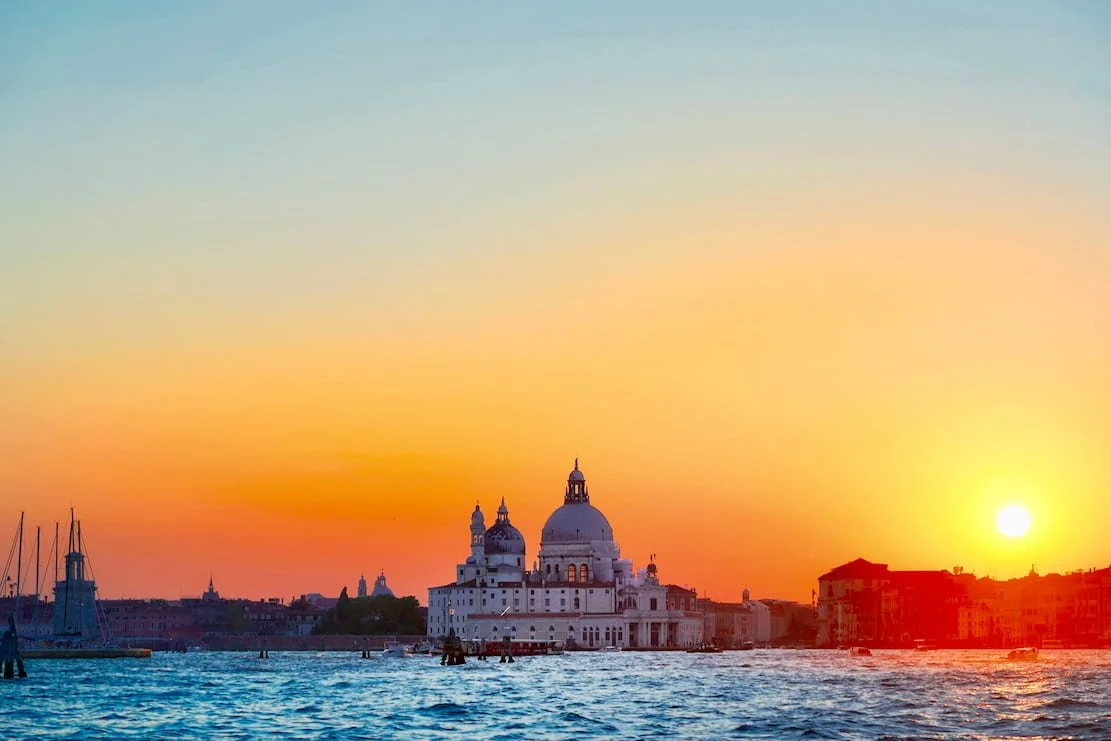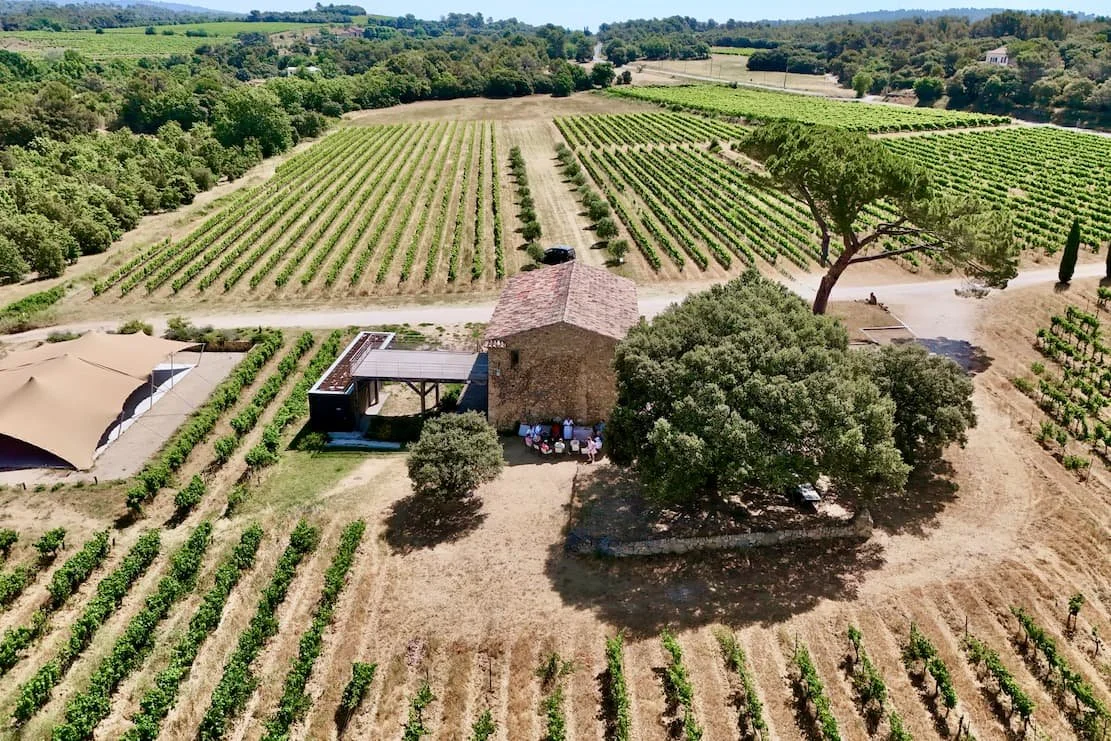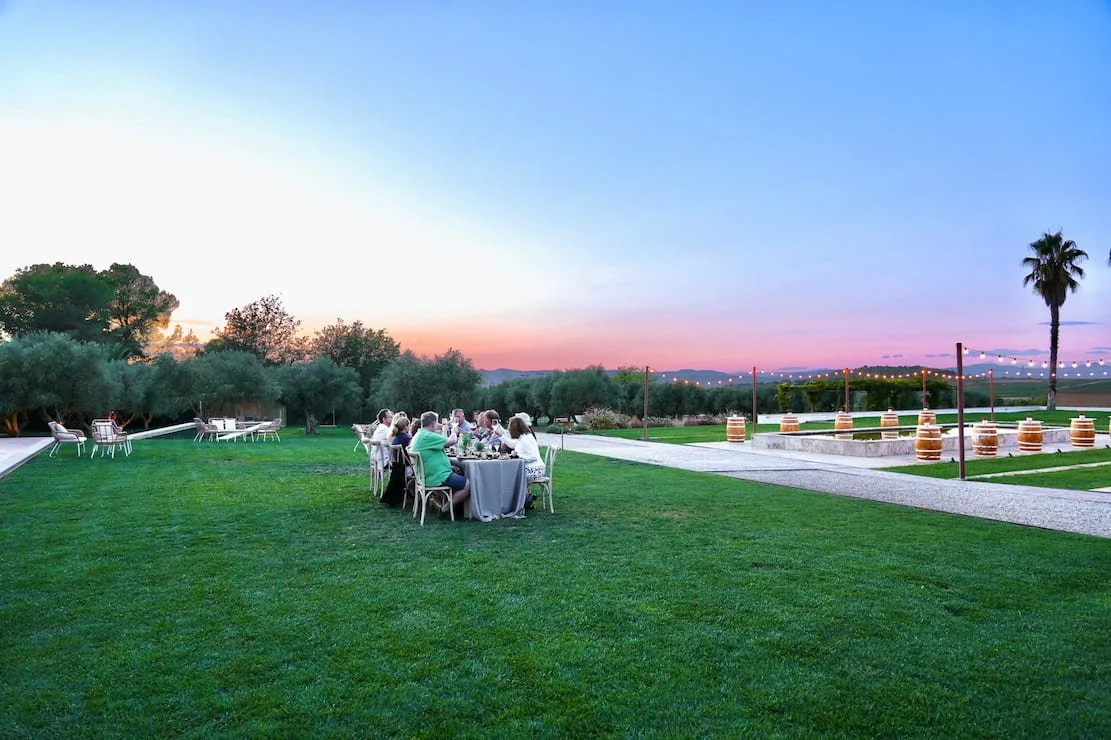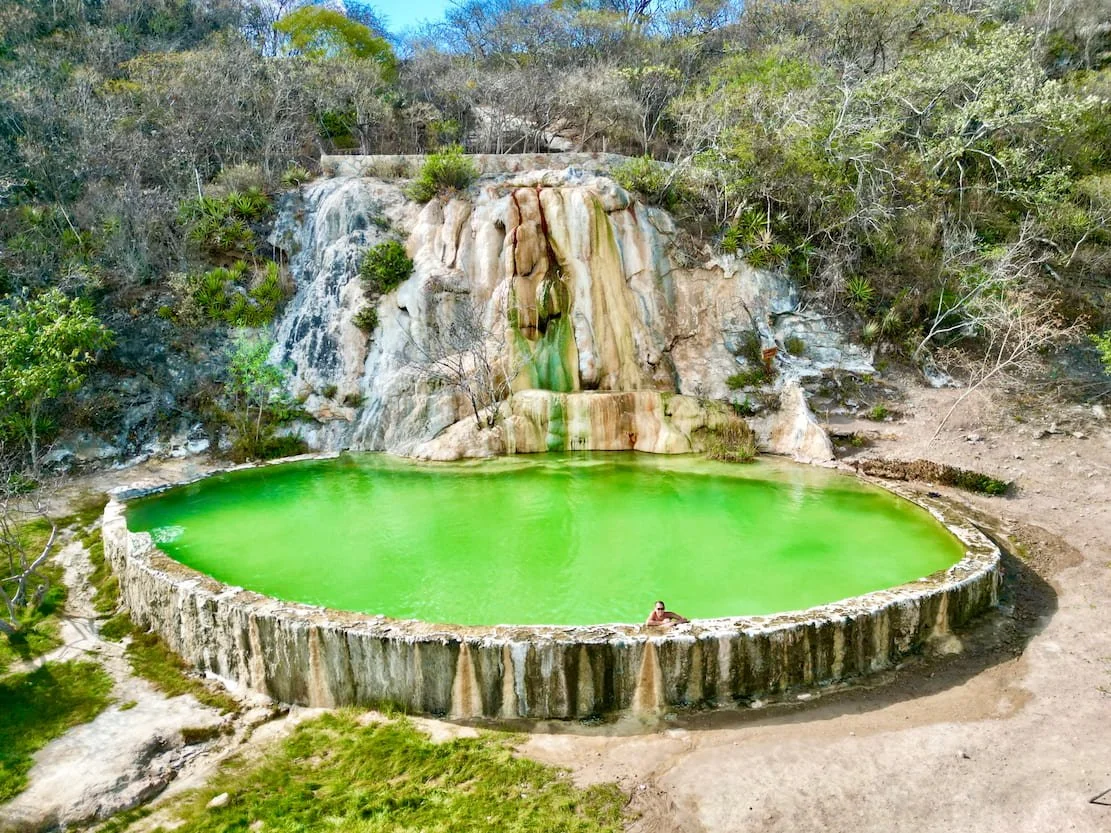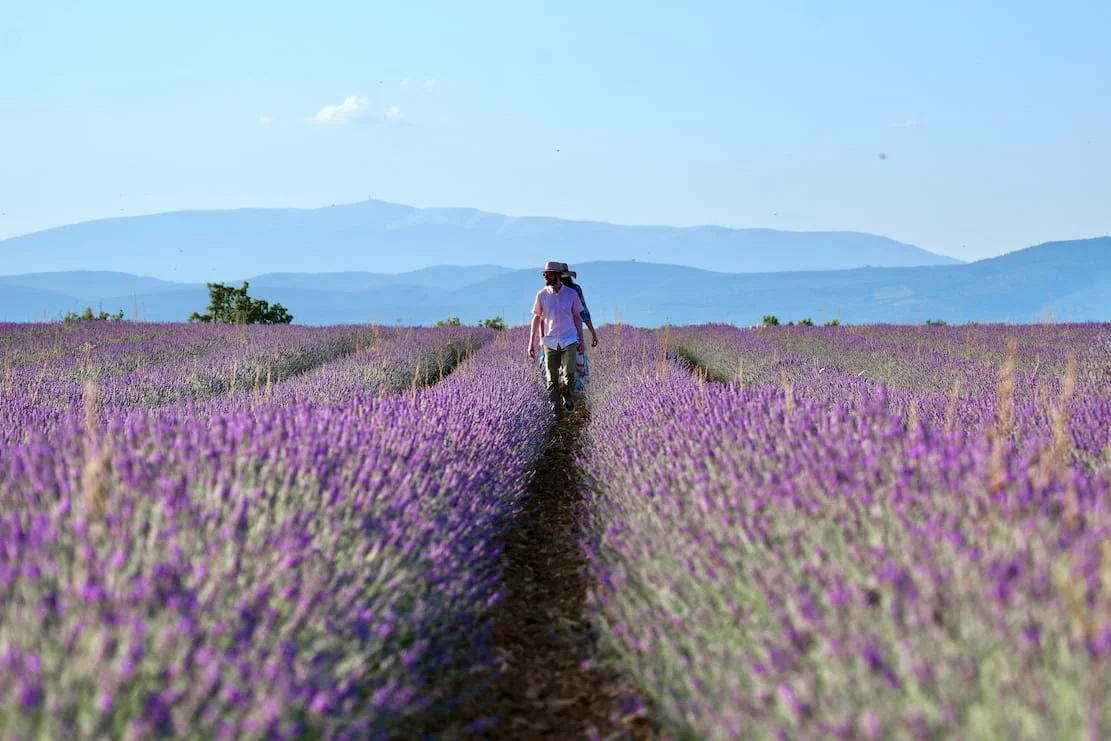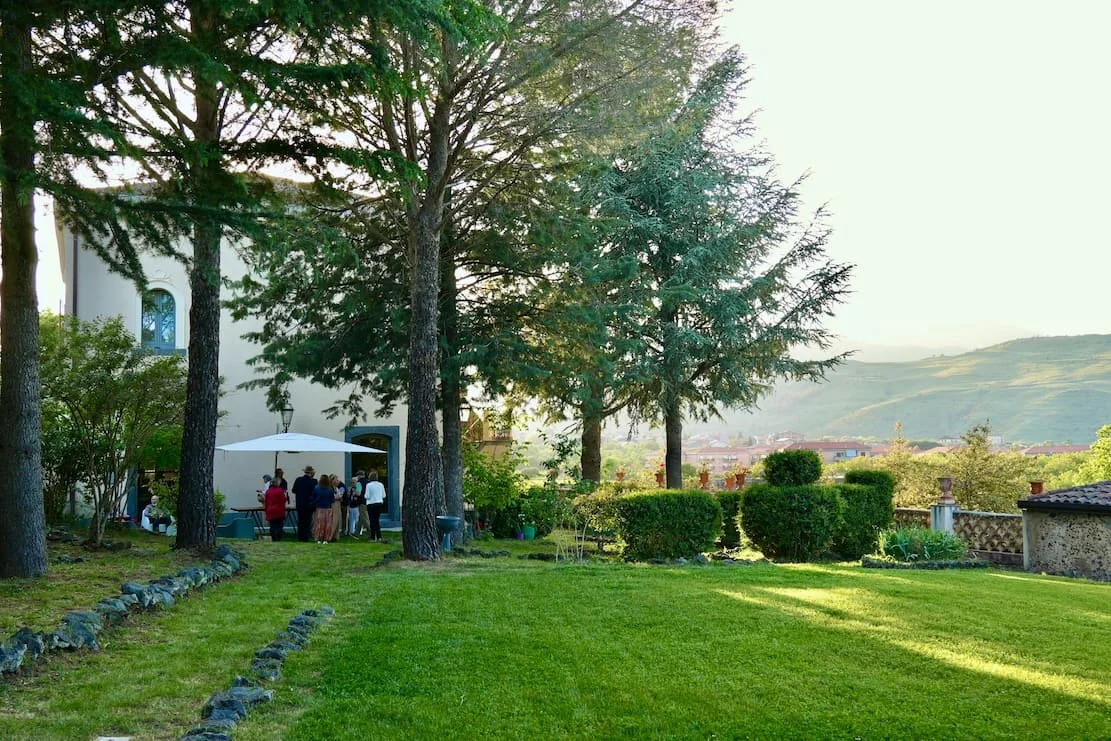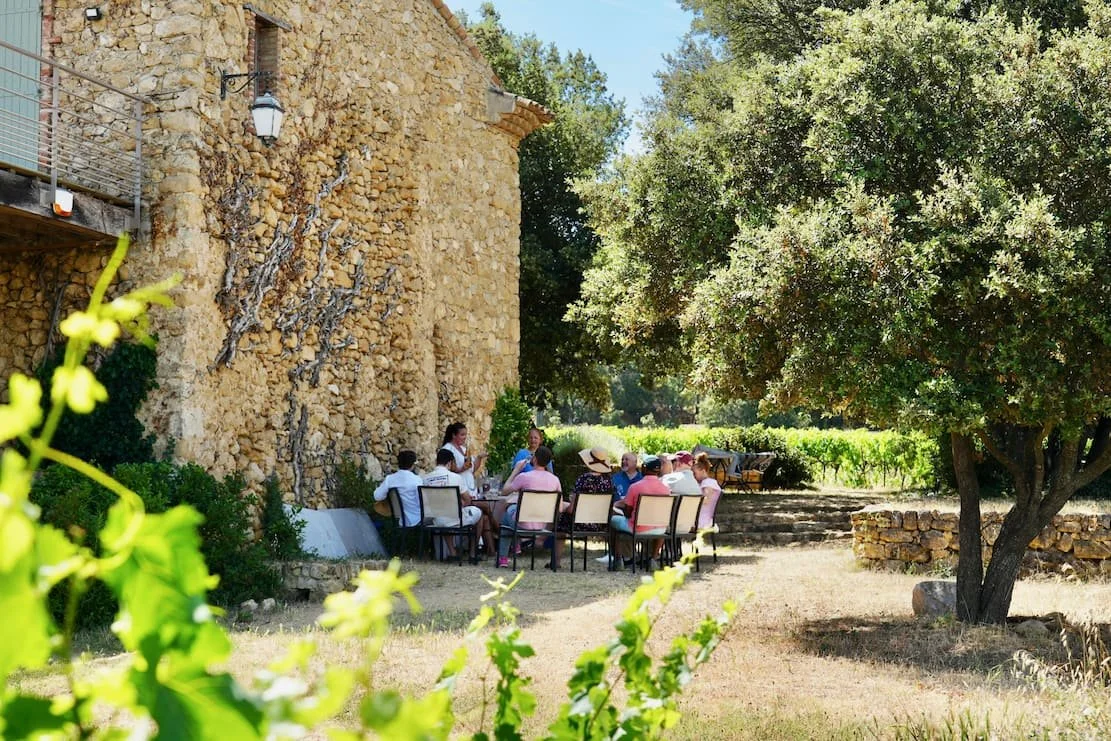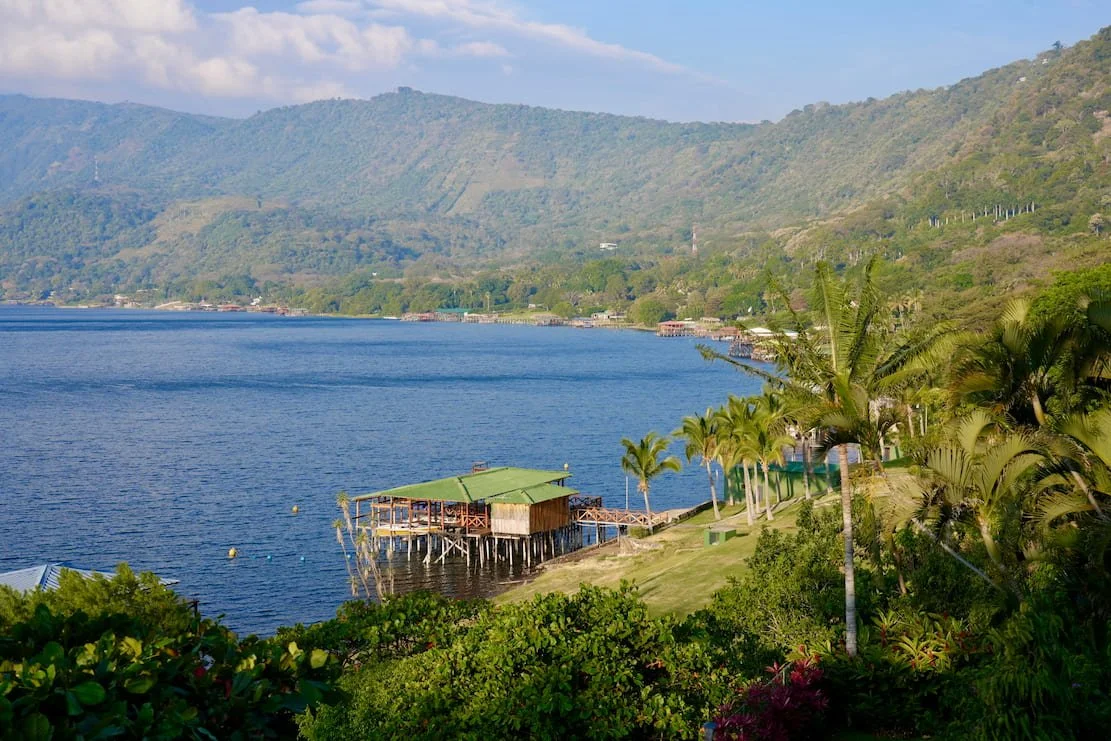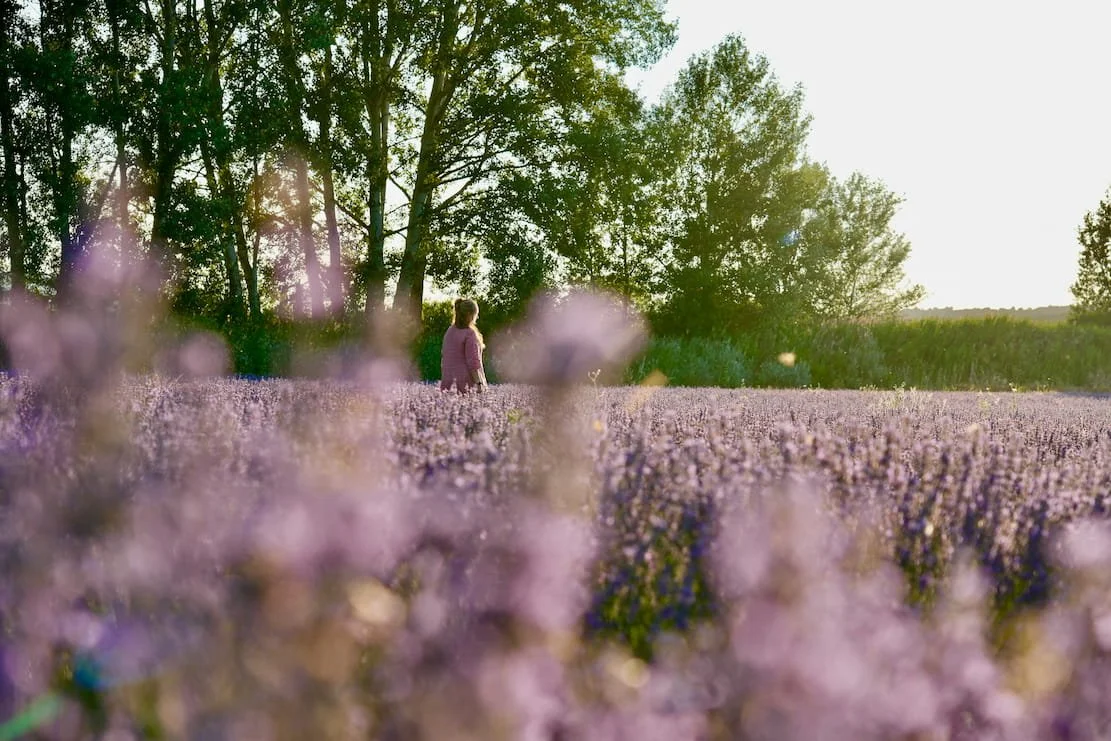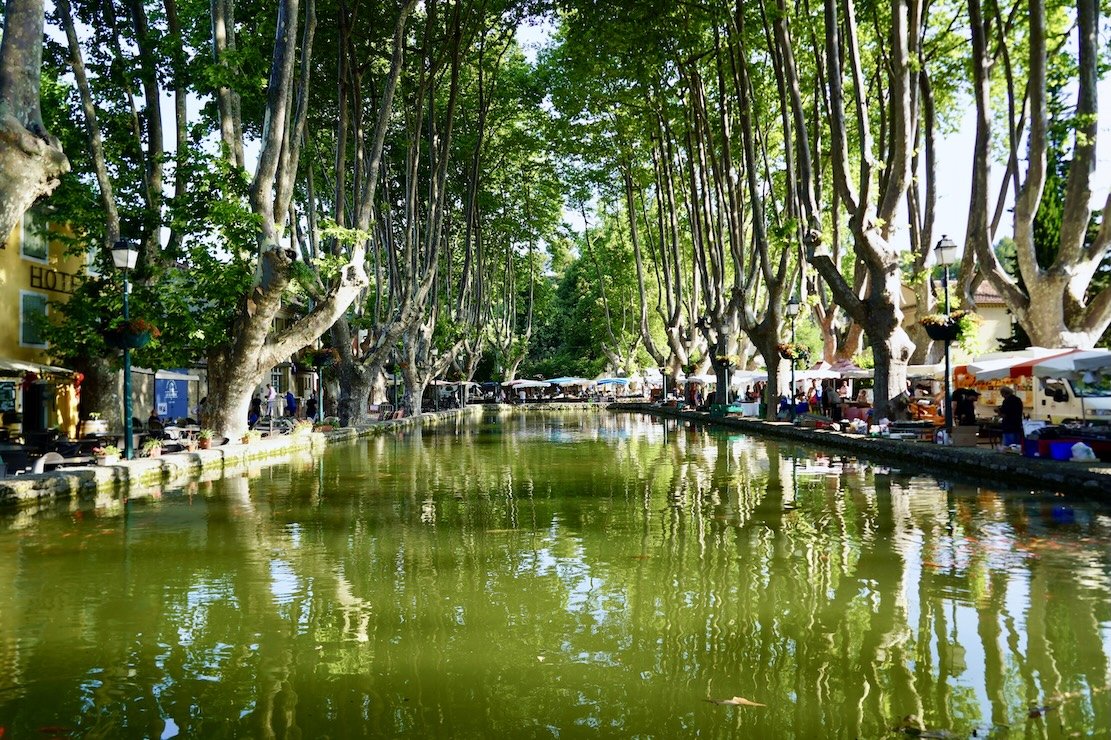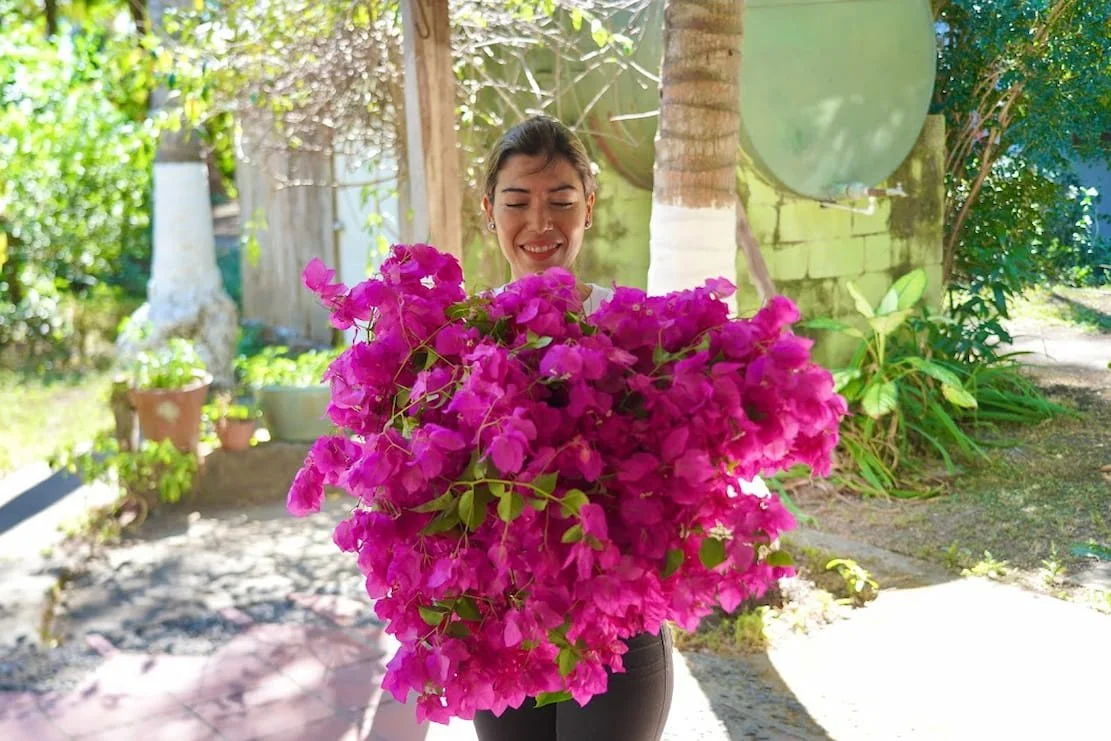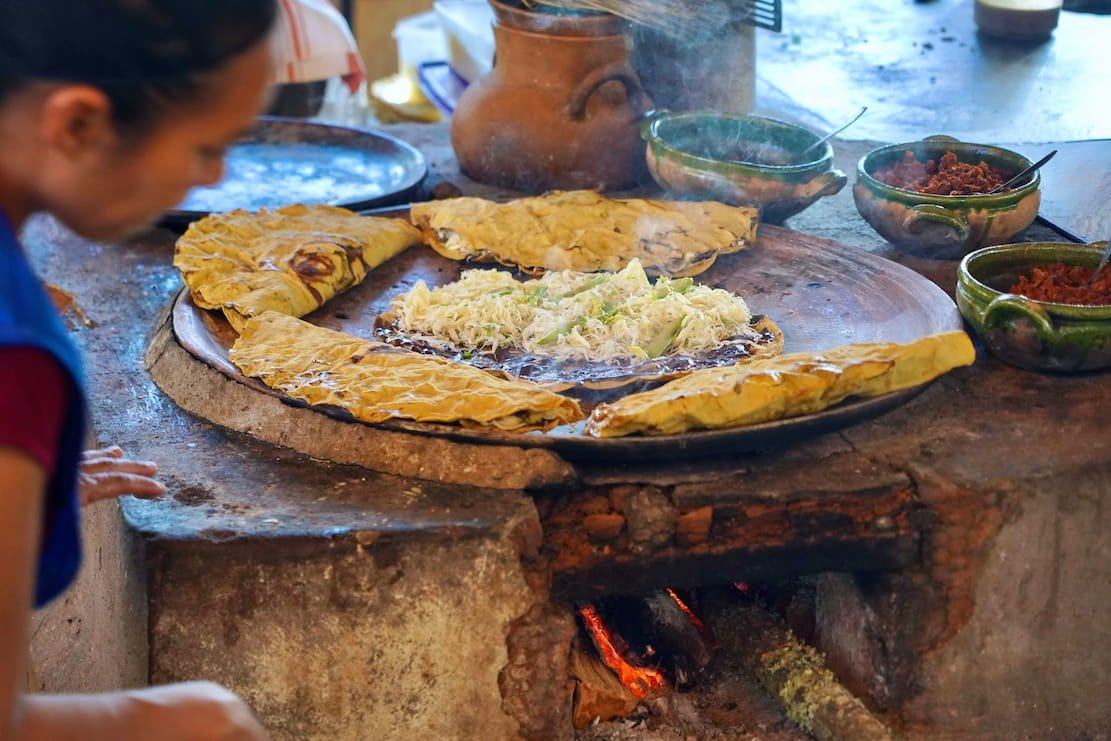Today’s winter solstice arrives with a promise. After the longest night of the year in the Northern Hemisphere, the light will begin to return, slowly and steadily. Day by day, the sun will linger a little longer and shine a little brighter. And, if we allow it, bring more light to our souls.
This is a moment of transition from darkness to light, a brief stillness when the sun seems to “stand still,” the original meaning of solstice. It invites us to pause within the rhythm of nature, to listen, contemplate, and gently reset our intentions as we think about renewal.
For millennia and across many cultures, the winter solstice has been honored as a time of inner stillness, renewal, and shared celebration by firelight, feasting, and meaningful rituals of hope.
In Oaxaca, the Zapotec people called themselves “cloud people.” Their cosmology linked the heavens, the underworld, and the human world through ritual, ancestors, and the movement of the sun and stars. Their relationship to solstice was embedded in their sacred landscape, deities, and the geometry of Monte Albán, the ancient hilltop city overlooking the valley.
Limited Zapotec records suggest that the alignments at Monte Albán and what is known of their cosmology suggest that the sun’s yearly cycle and its turning points, like the solstices, were central to their understanding of time, agriculture, and the doorway between worlds. From that mountaintop, observers could follow where the sun rose and set at solstices and equinoxes and read those positions as signs for planting, harvesting, and ritual responsibilities. For them, the solstice was not only about the sun itself; it was a moment when cosmic order, agricultural renewal, and ancestral presence came into alignment, binding community, land, and sky into one shared experience.
In a world that continues to test us, personally and collectively, the mission at the heart of our culinary journeys is rooted in a simple intention to instill renewal: to help people travel more meaningfully, with care, curiosity, and deep gratitude, while harnessing the transformative power of food to support truly sustainable travel, protect traditional foodways, and uplift the local communities that keep those traditions alive.
Each Experience is designed to celebrate culture and foster positive change with every shared meal and encounter, championing biodiversity, human connection, and gentle resistance to the forces eroding local food traditions.
Spiritually, the winter solstice marks the point where darkness reaches its height and then begins to yield to light, mirroring our own passages through difficulty toward healing and growth. The sun is one of the fundamental forces shaping life on Earth, and this seasonal turning can feel like nature’s way of asking us to reflect and rest in preparation for what comes next.
With this same spirit of turning and renewal, in 2026 we’ll celebrate our tenth anniversary and embrace change. While we’ll continue to host a select number of Gastronomad Experiences, we’re opening more space for custom journeys in the second half: tailored trips to specific places on the dates that work for you, whether you are traveling solo, as a couple, with your family, or with a private group or company team. You are warmly invited to share your wishes, and we’ll do our best to bring them to life.
Gather a group of friends, family, or colleagues, and we’ll tailor a bespoke Gastronomad Experience for your desired dates and destination.
We craft our Experiences to be joyful, transformative, and lovingly magical. Each one is a singular celebration of place, people, food, and wine. At the heart of every journey is true cultural immersion: sharing meals in the homes of friends, cooking alongside local chefs and artisans, visiting farms and cellars, and gathering around long tables where guests are welcomed more like family than visitors.
On this winter solstice, we thank you for your presence and for the light you bring and share.
Tonight, we will mark the solstice in the simplest of ways. We will light candles and a crackling fire at sunset, and keep a small candle burning to gently illuminate the longest night to honor the light within us all. And of course, also with a feast!
We hope to see you and embrace you at one of our Gastronomad Experiences in this coming year.
With gratitude and wishing you light, hope, and renewal.
Amira

